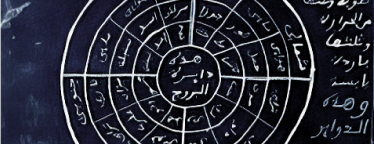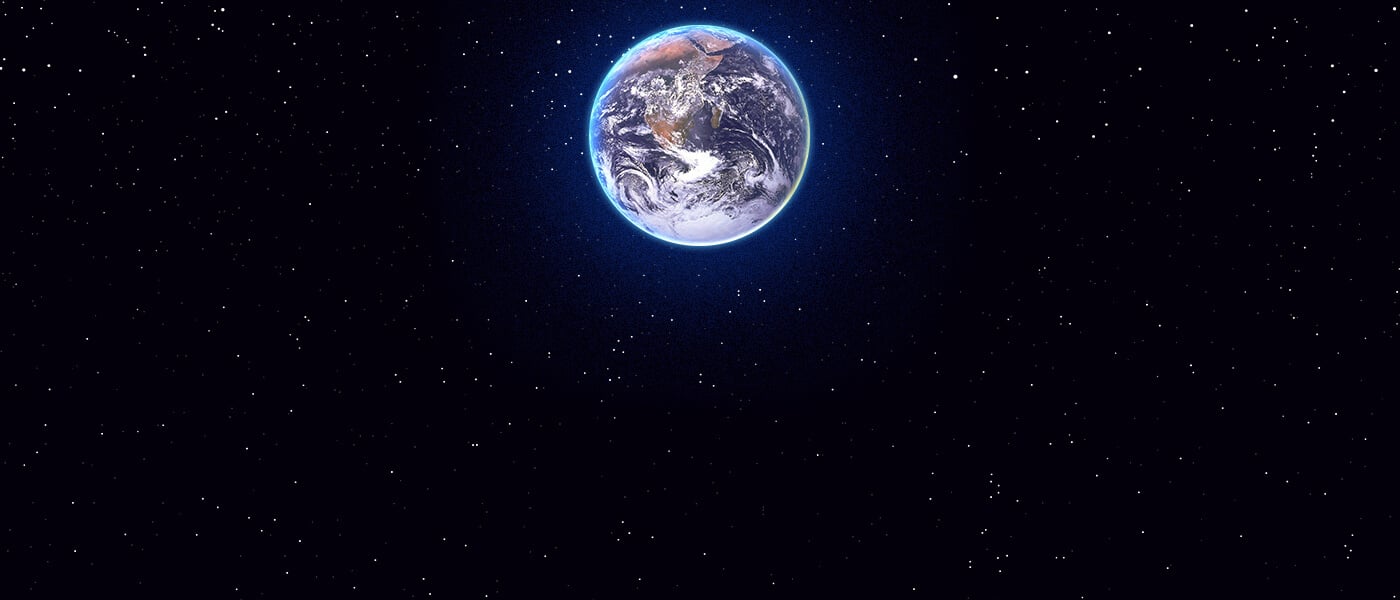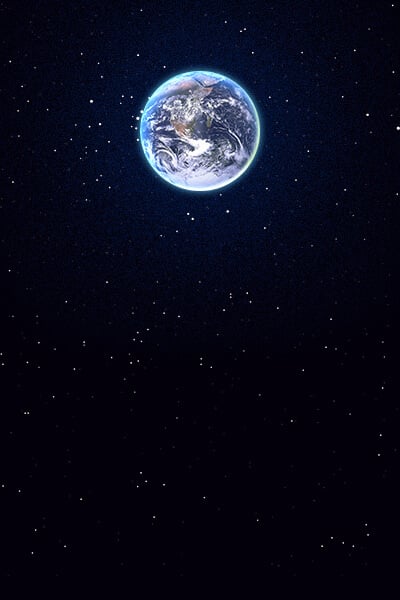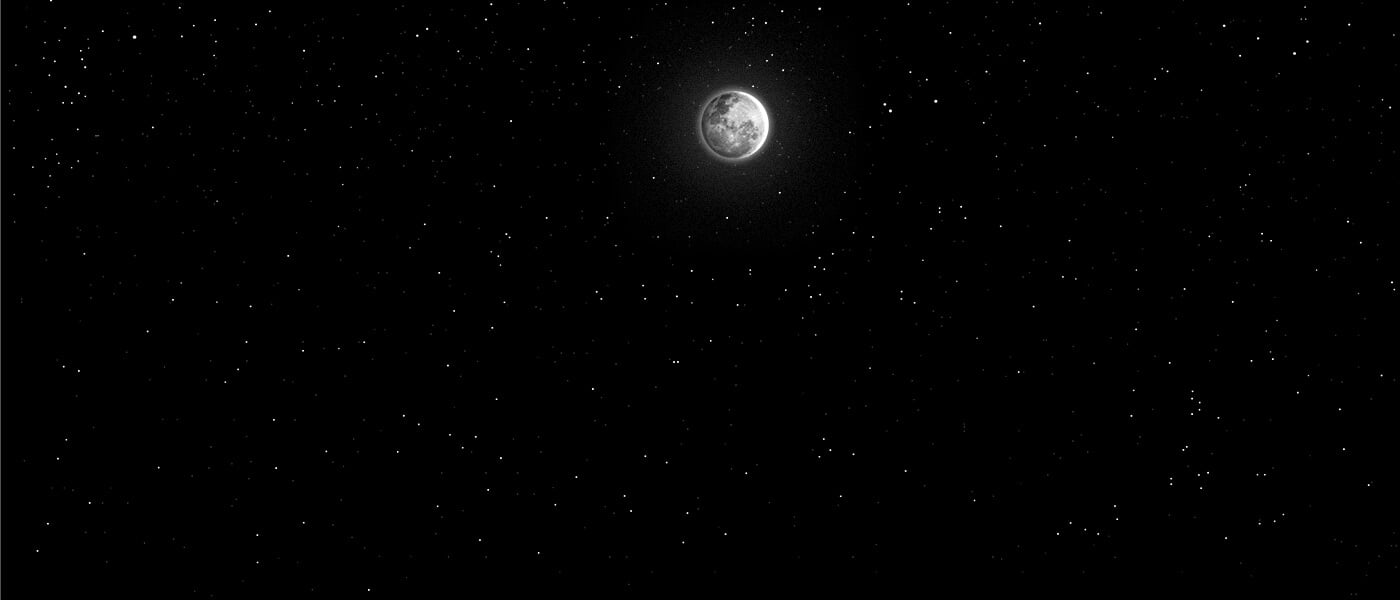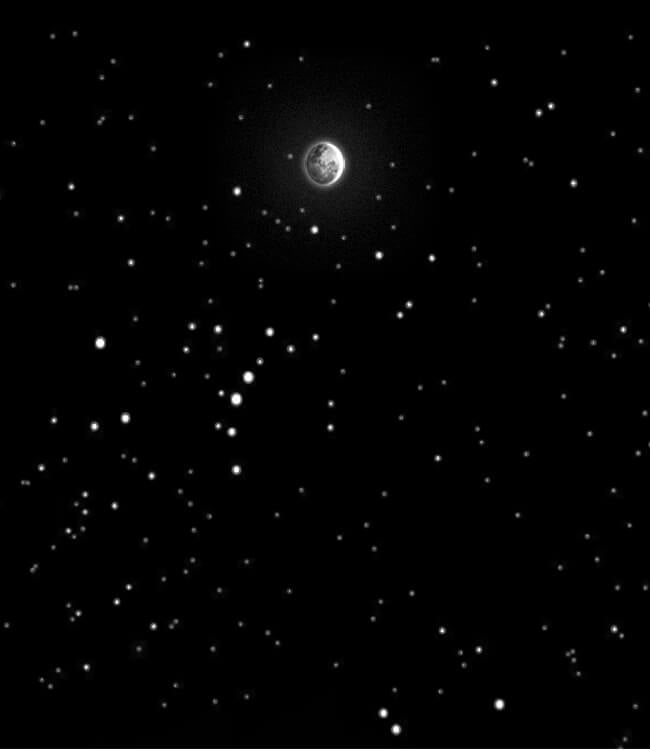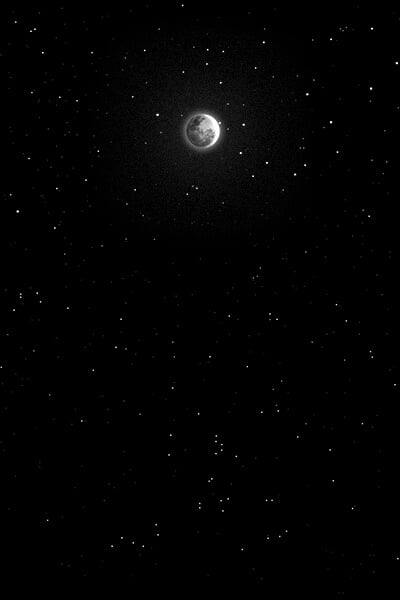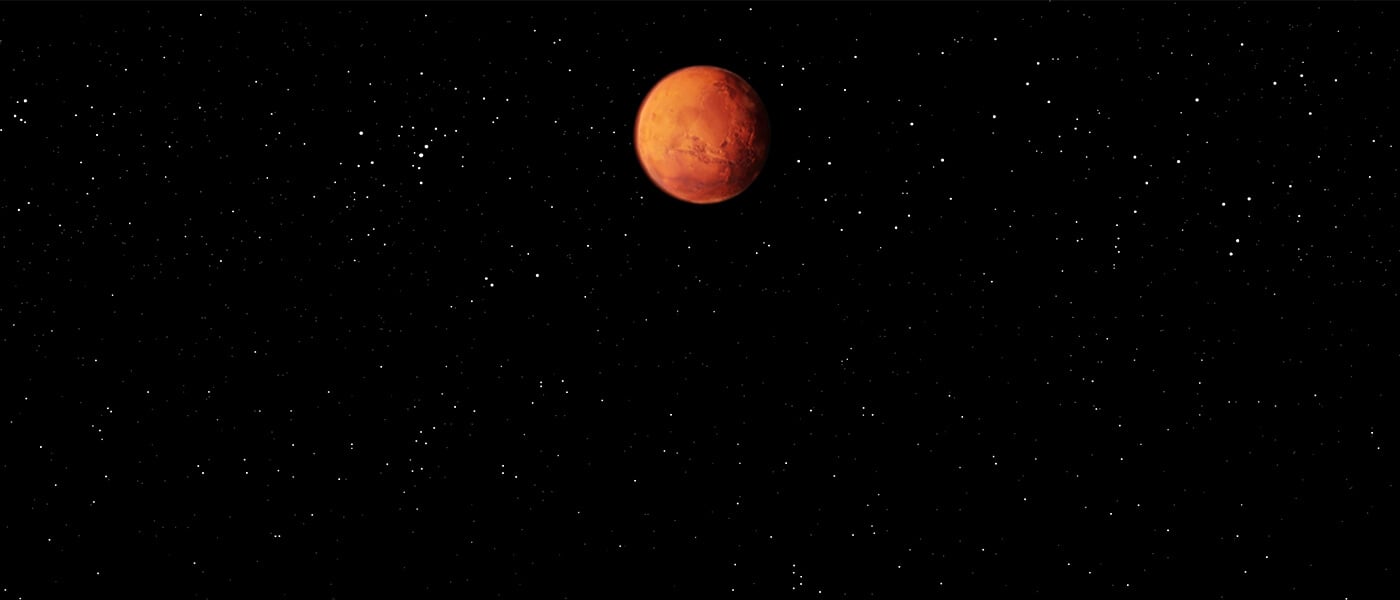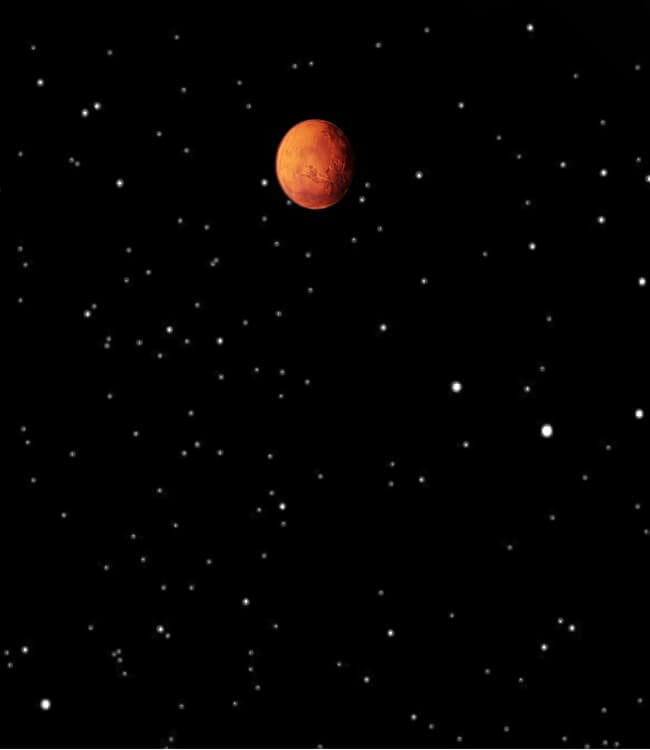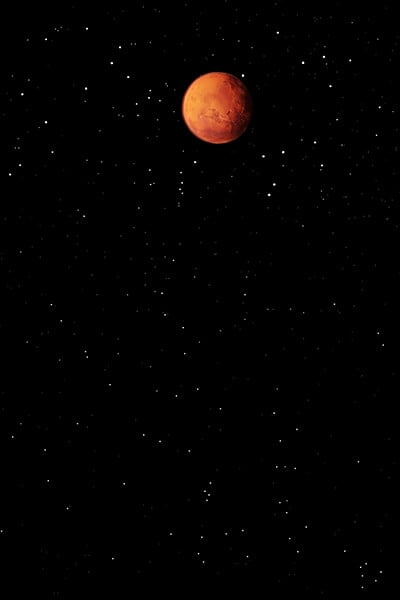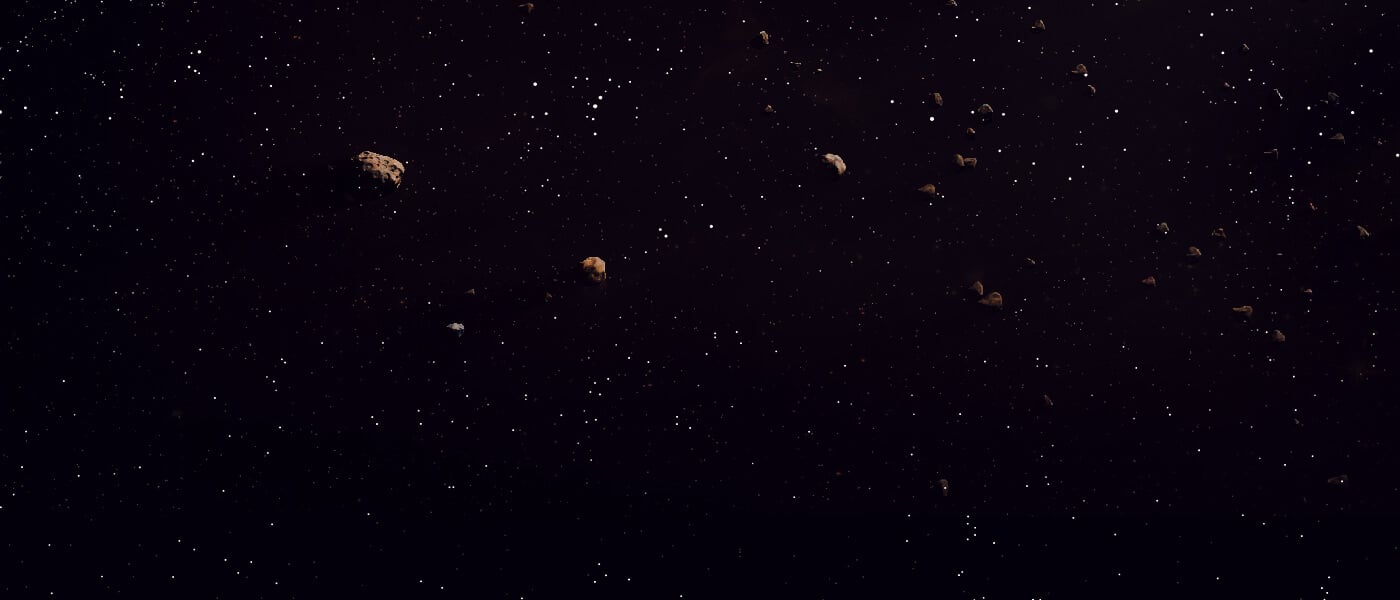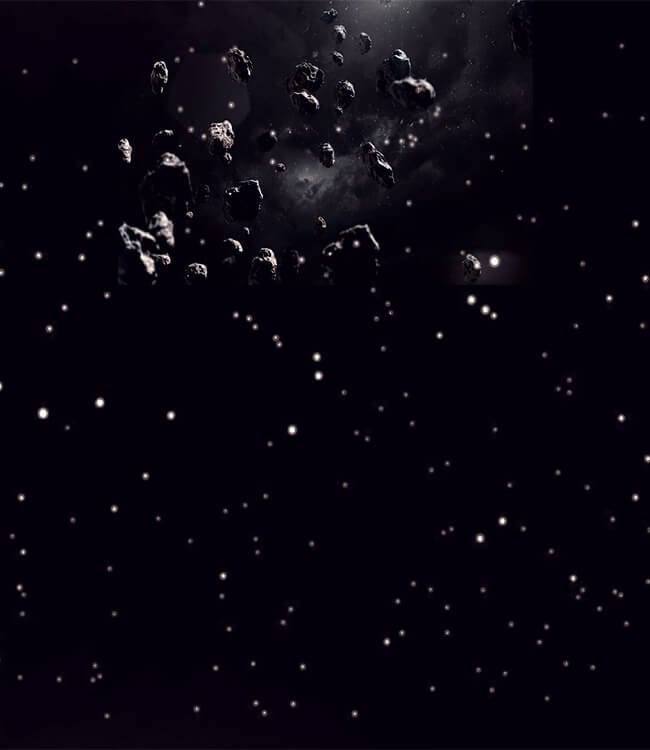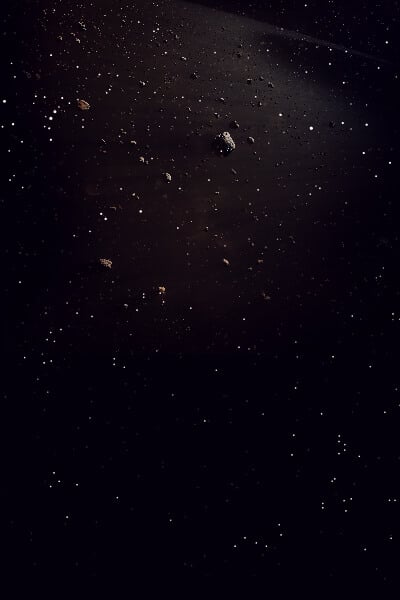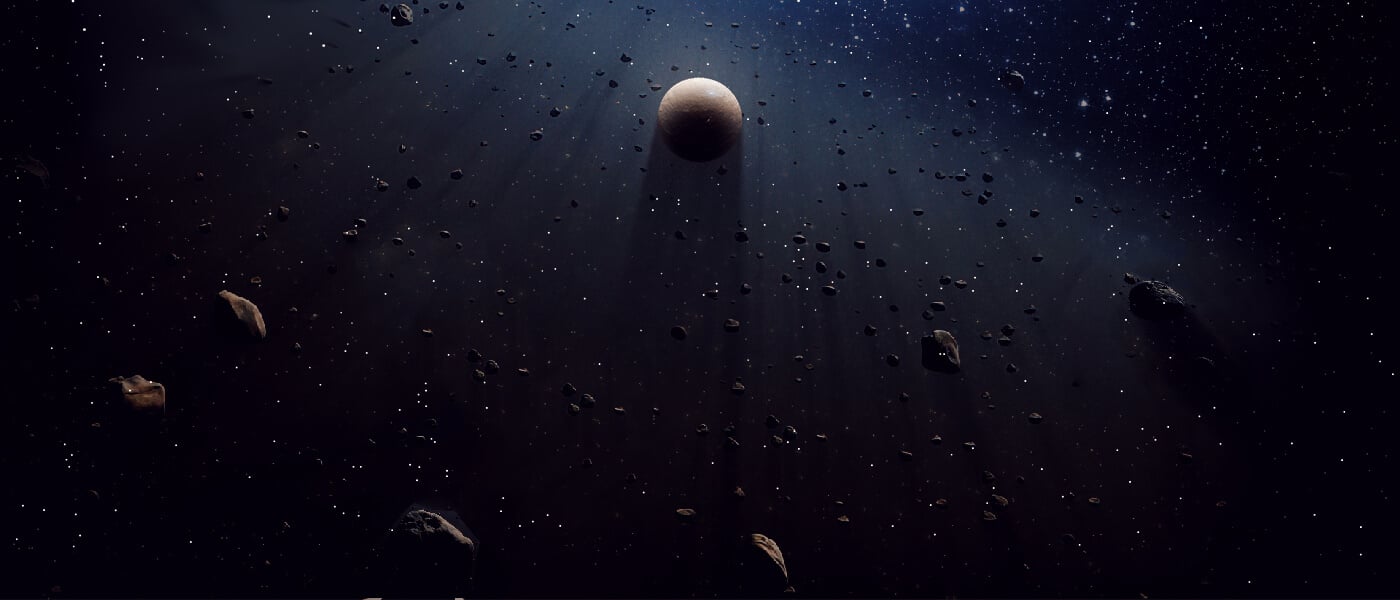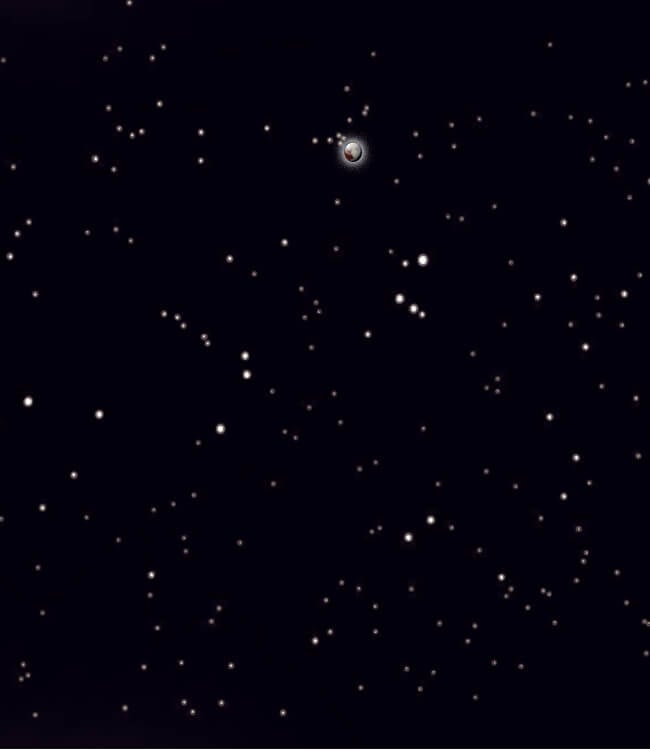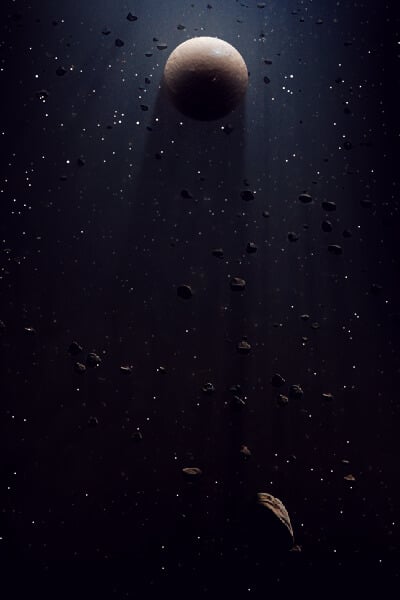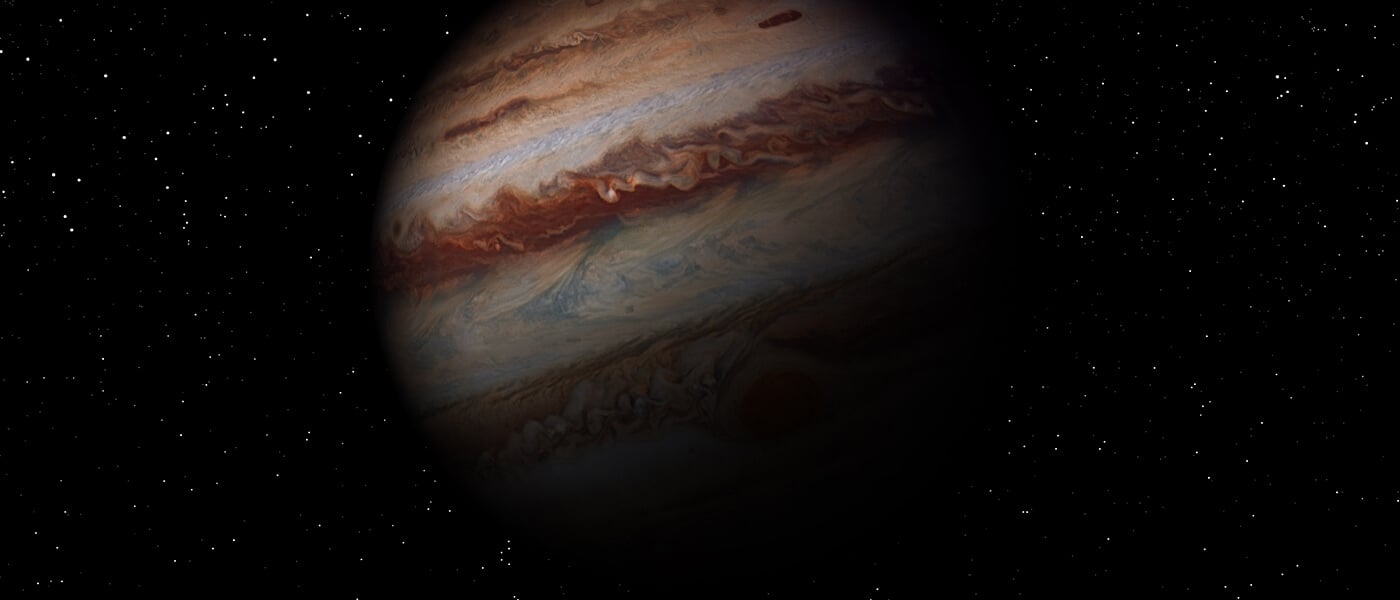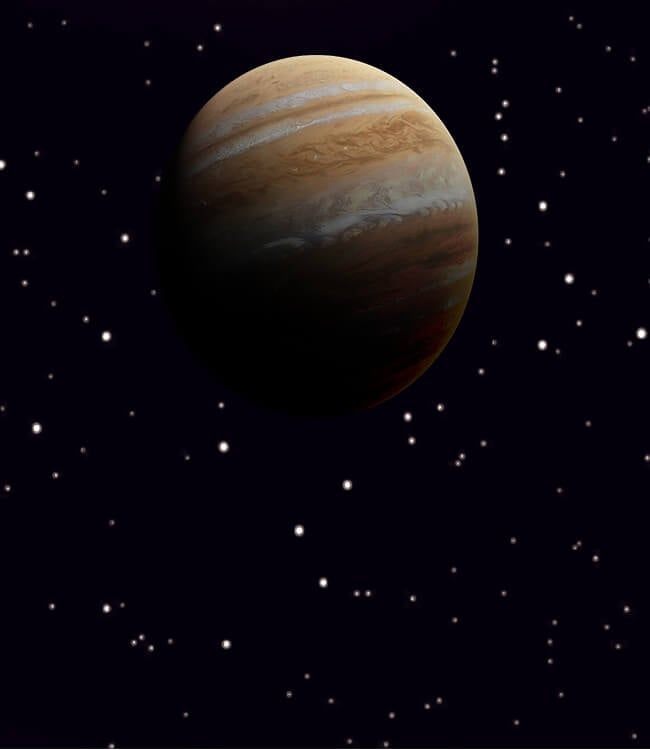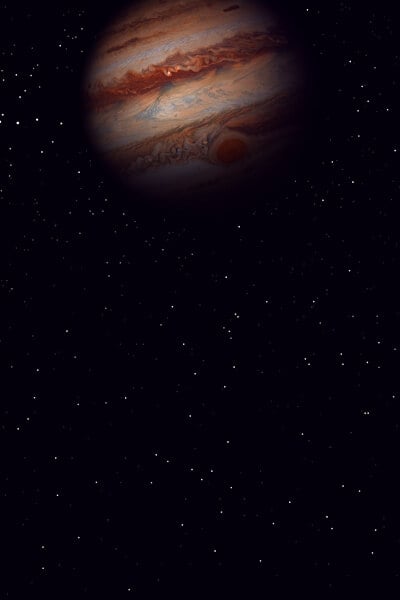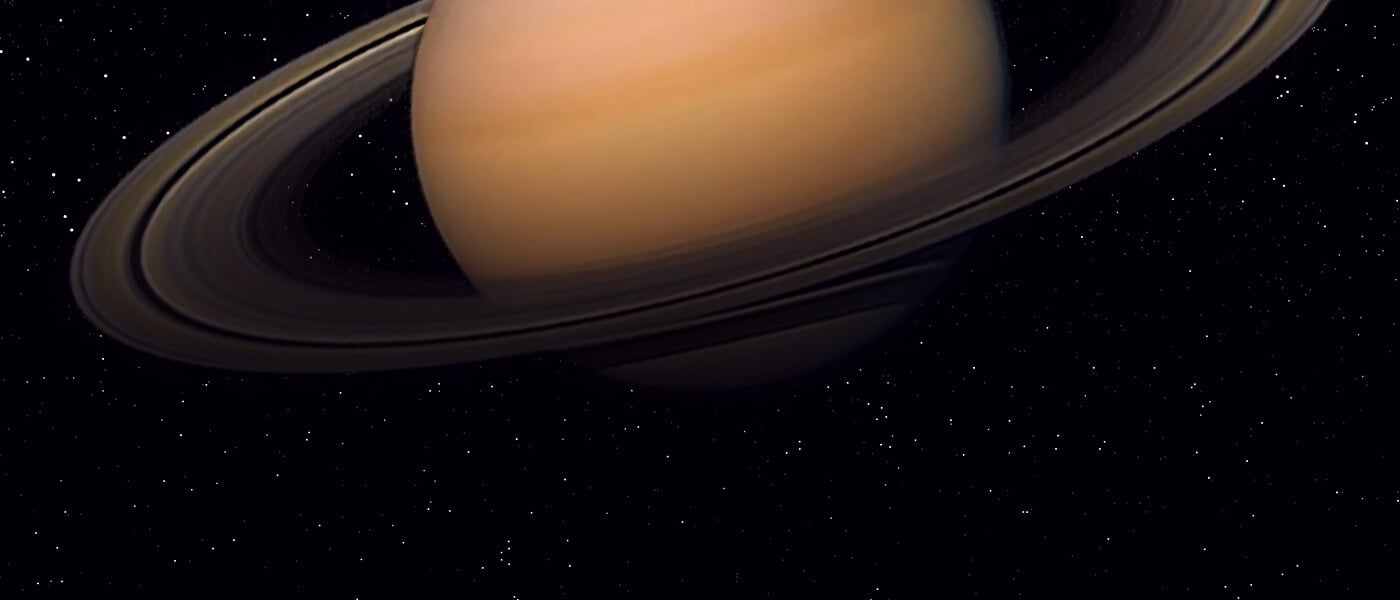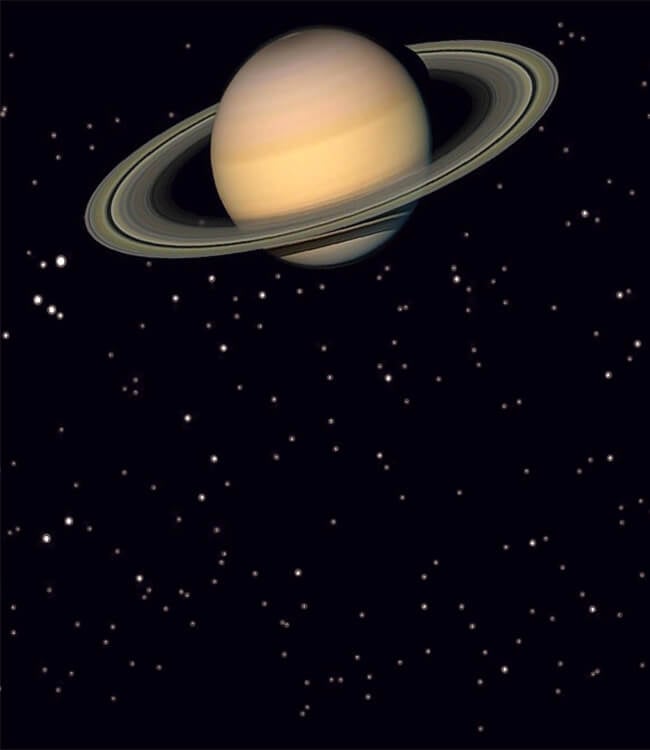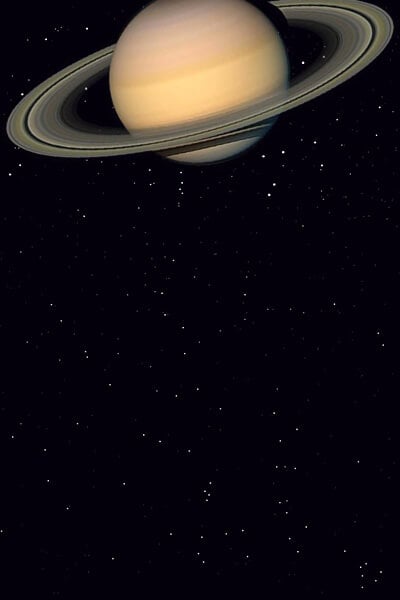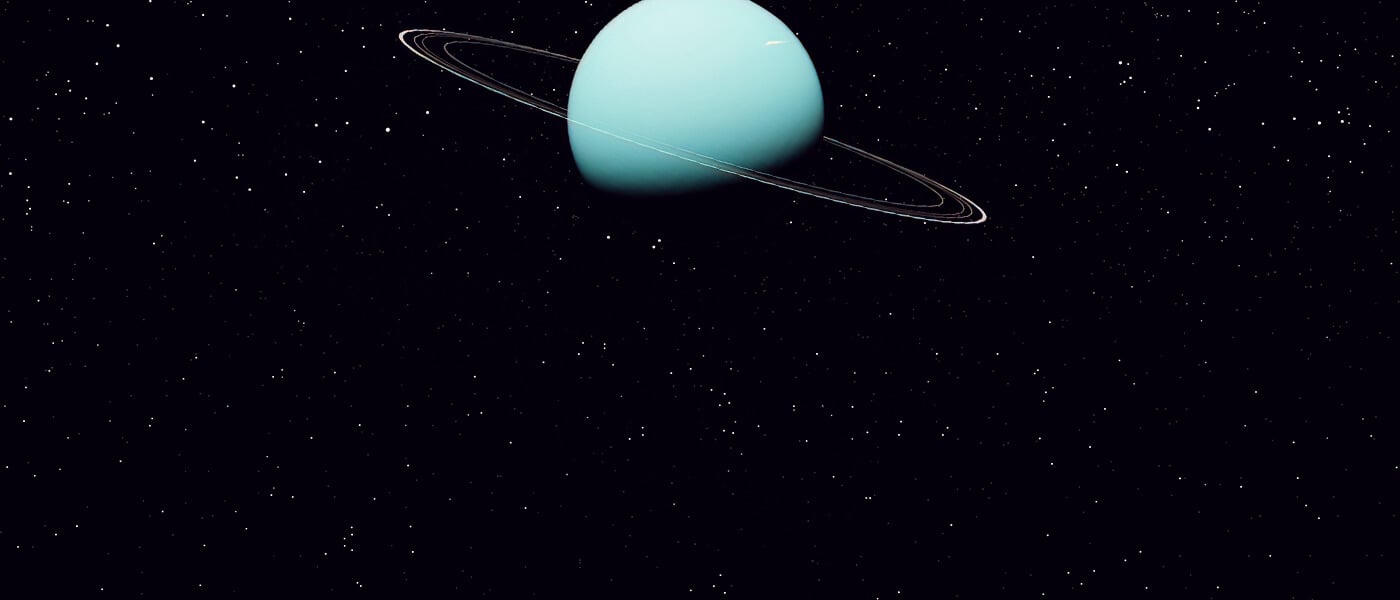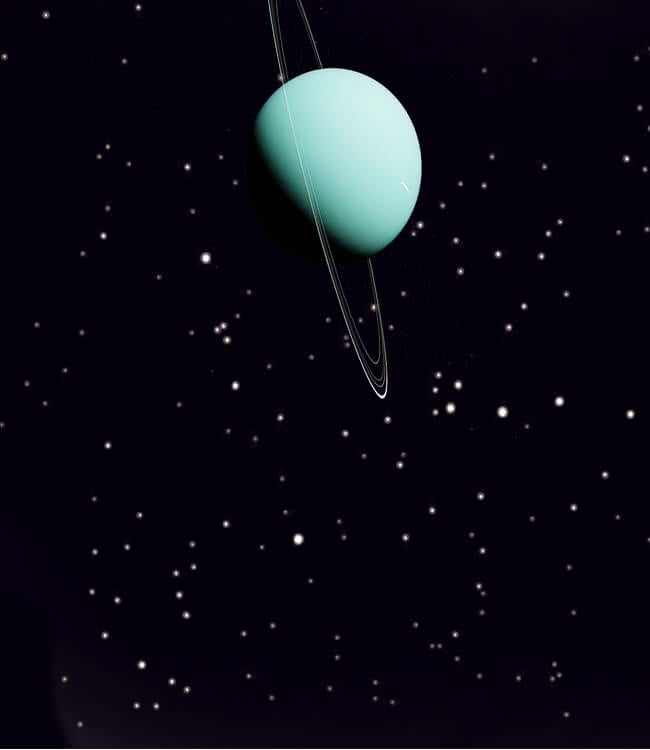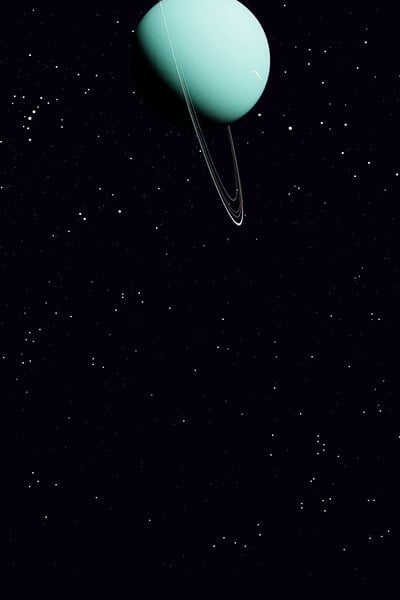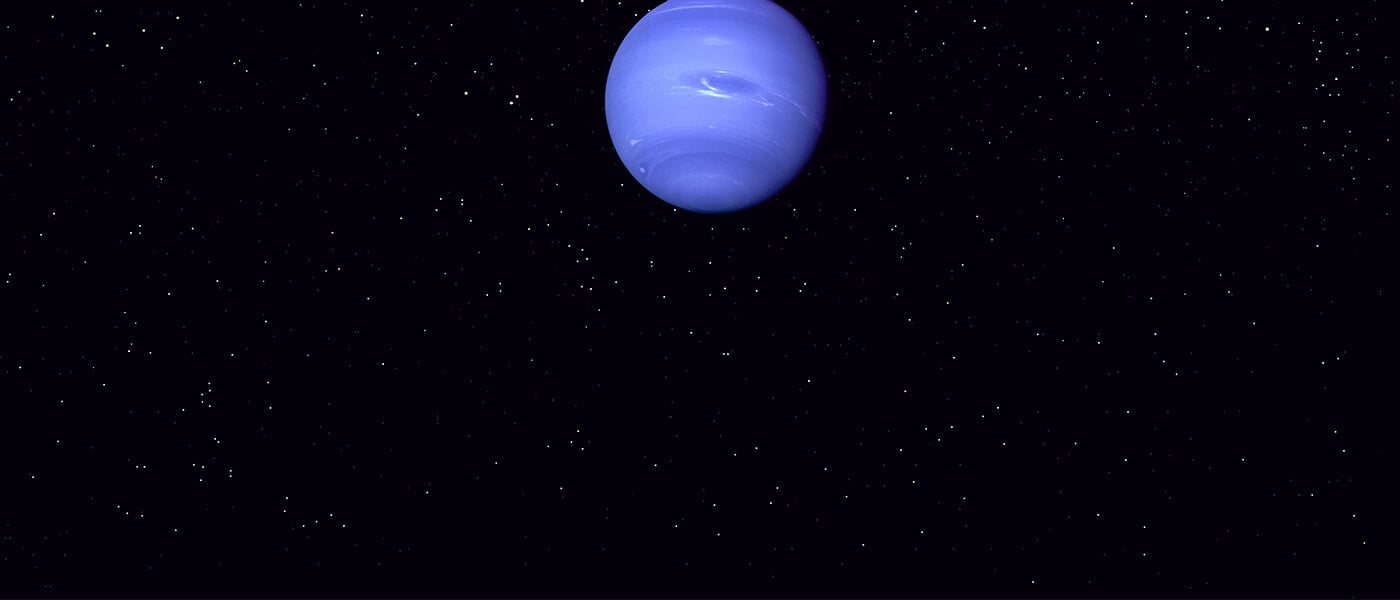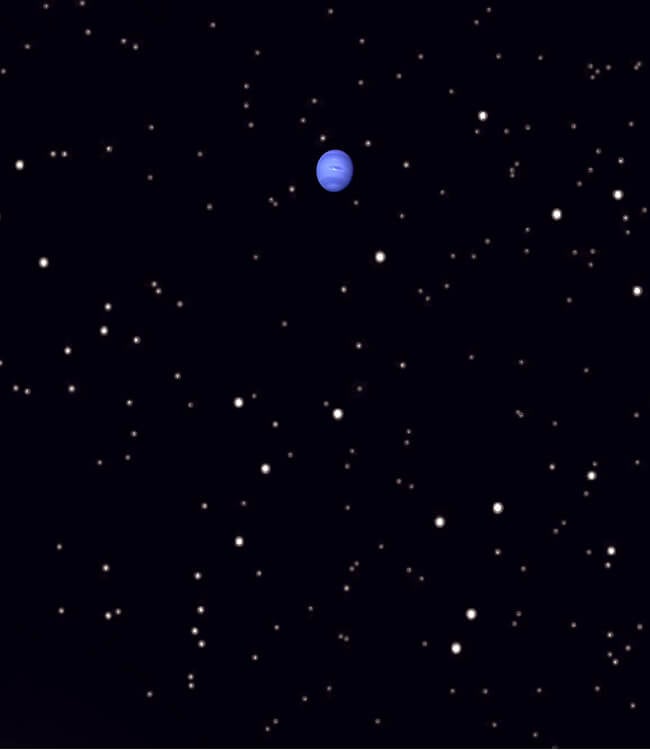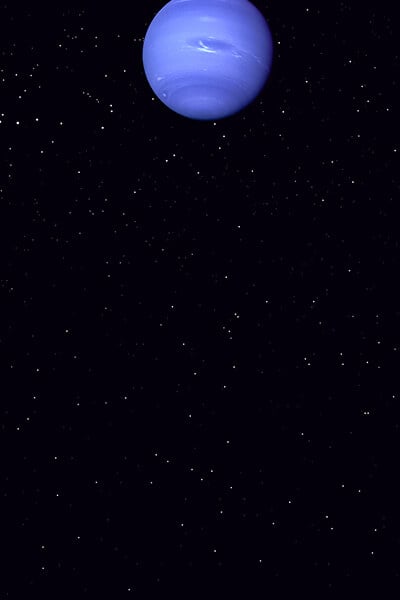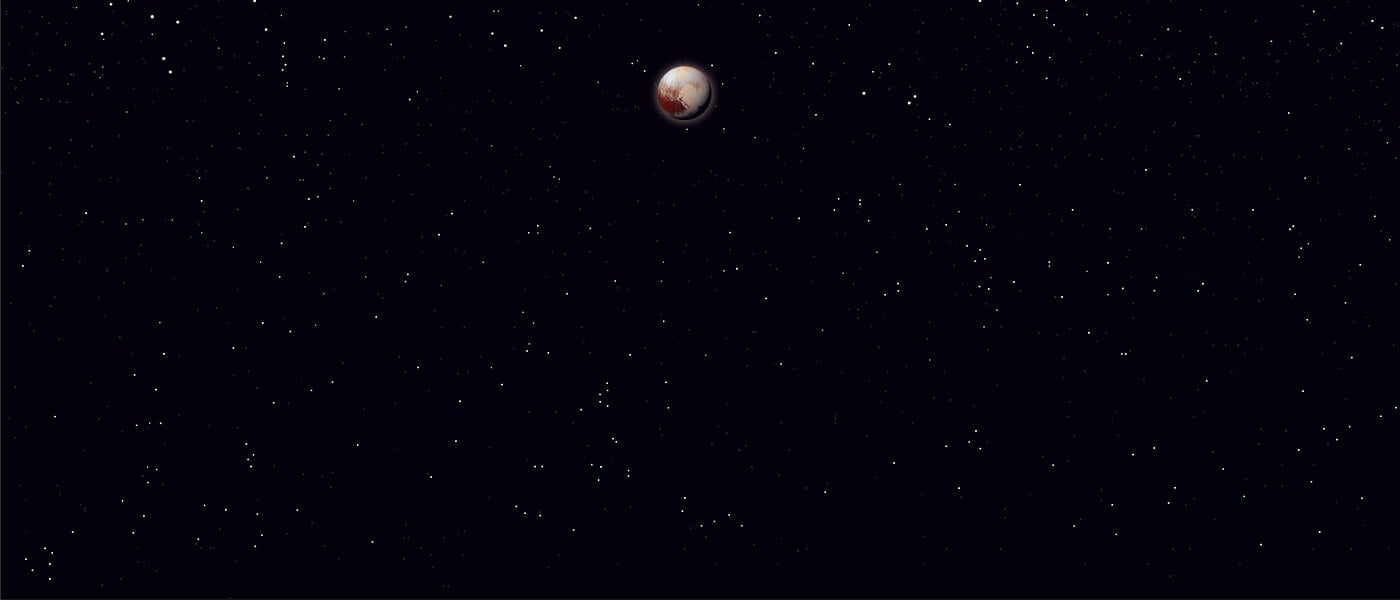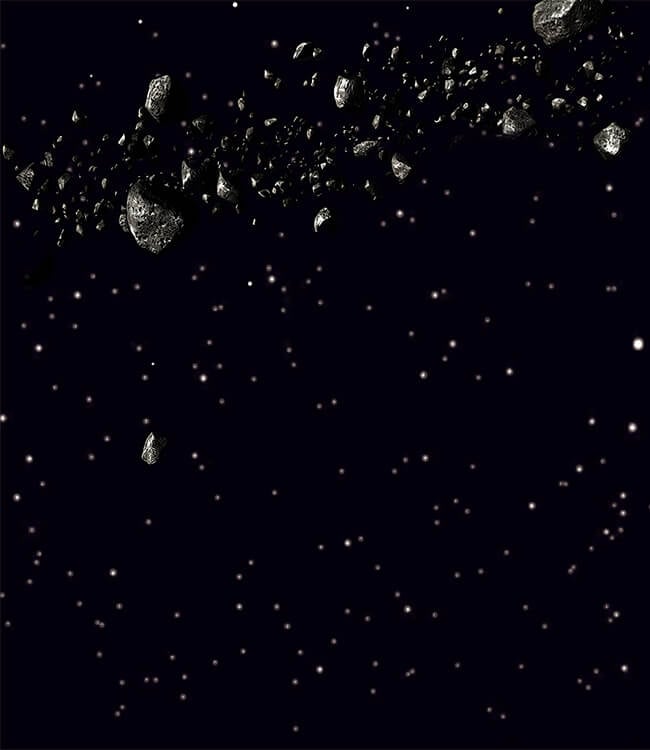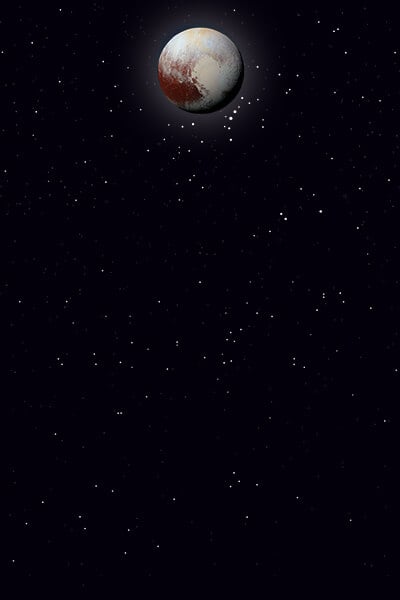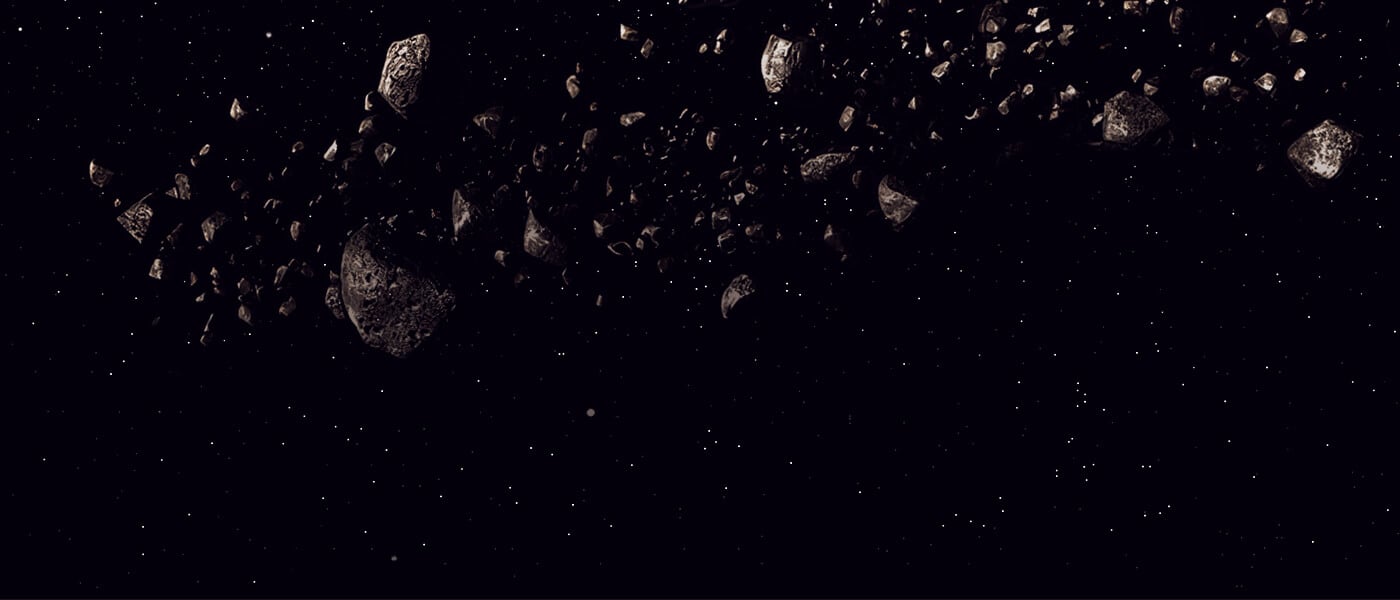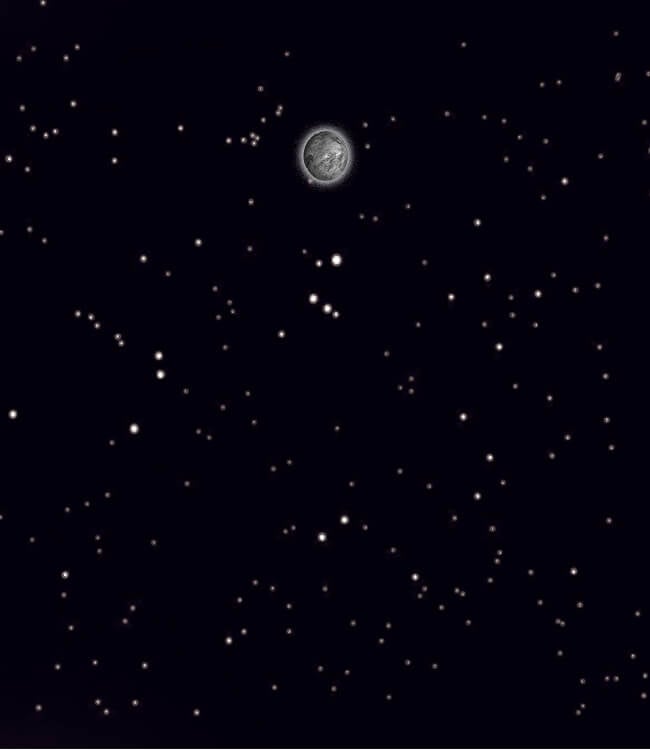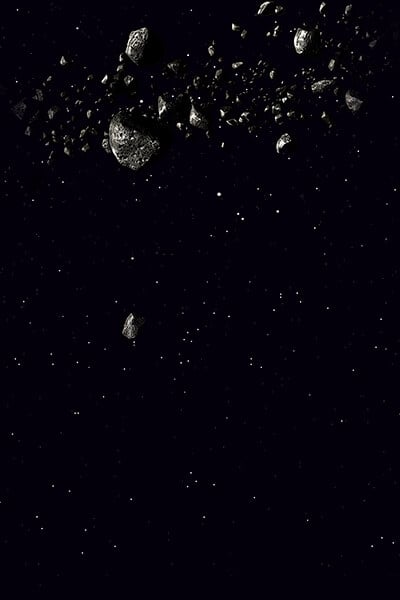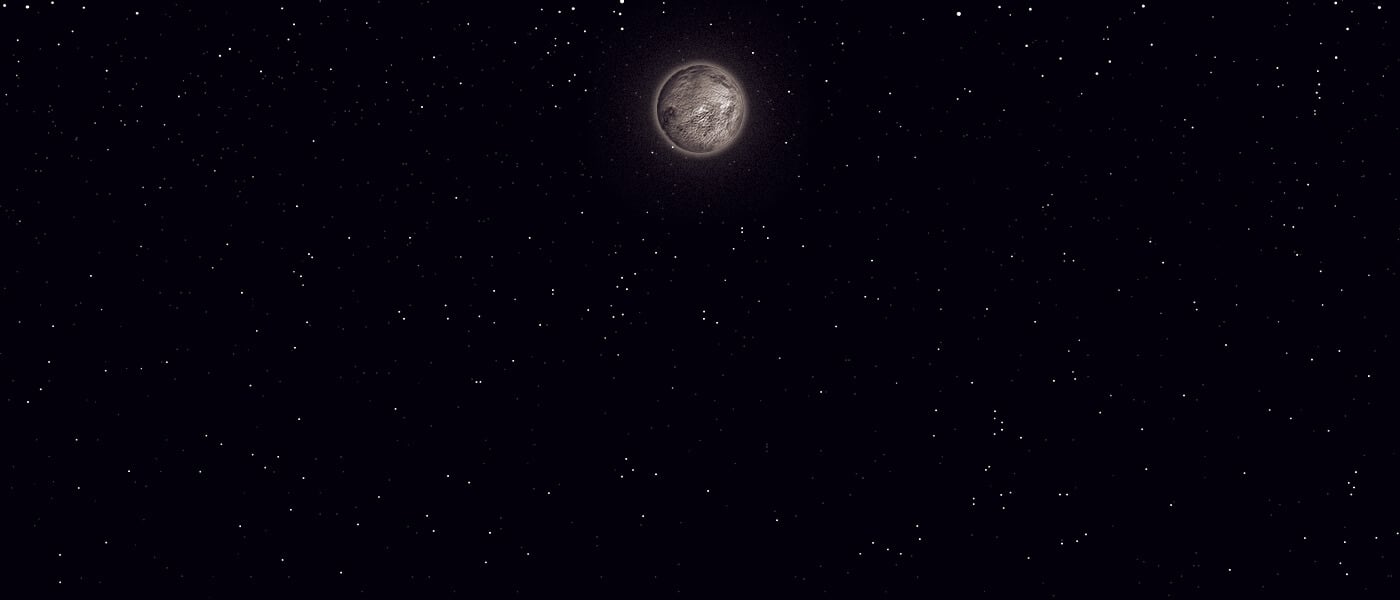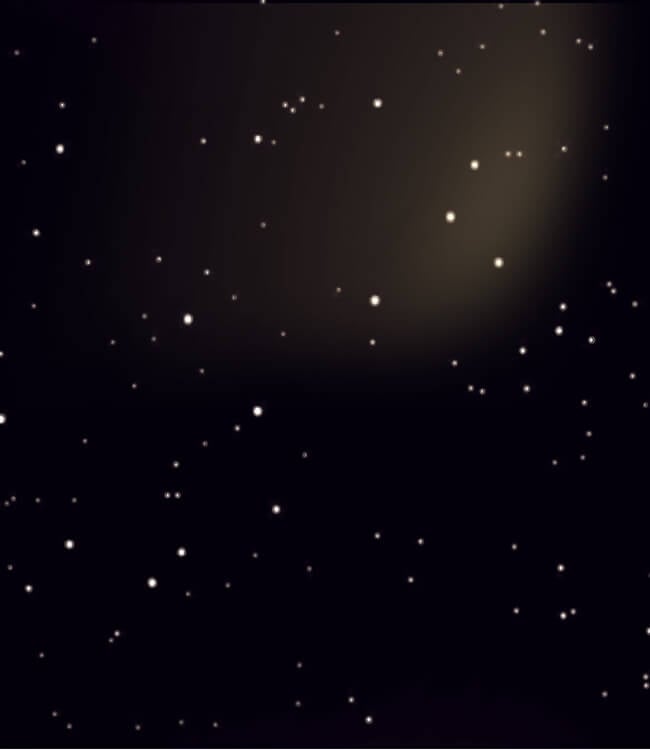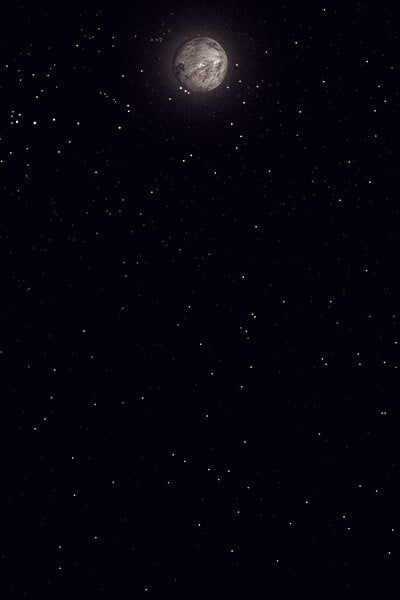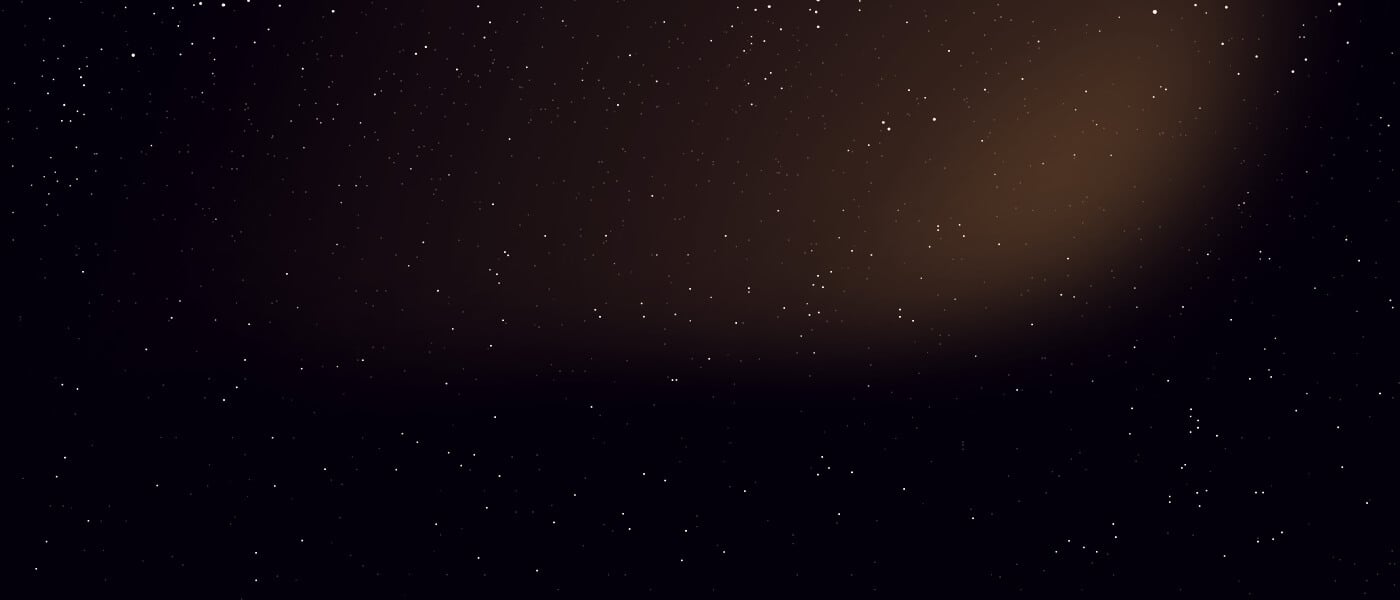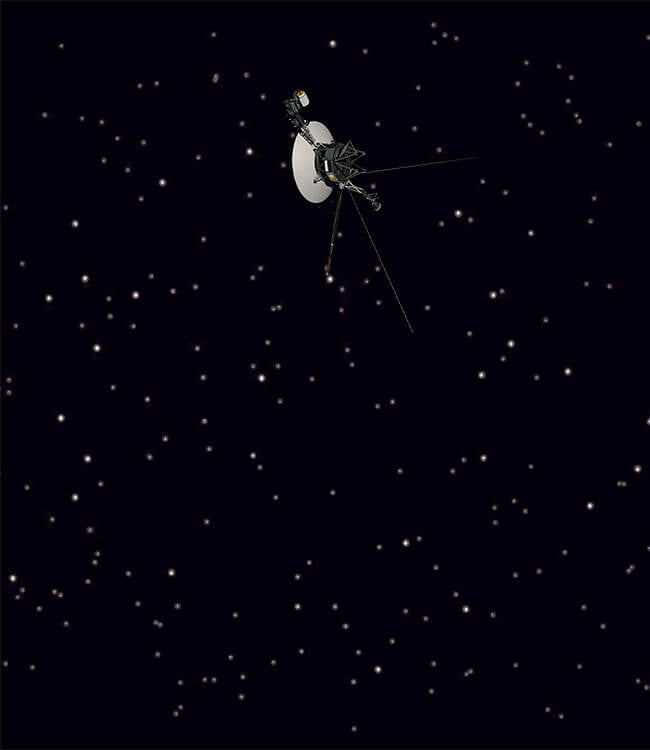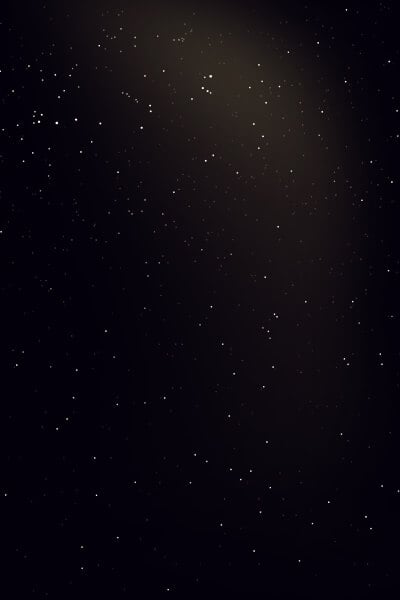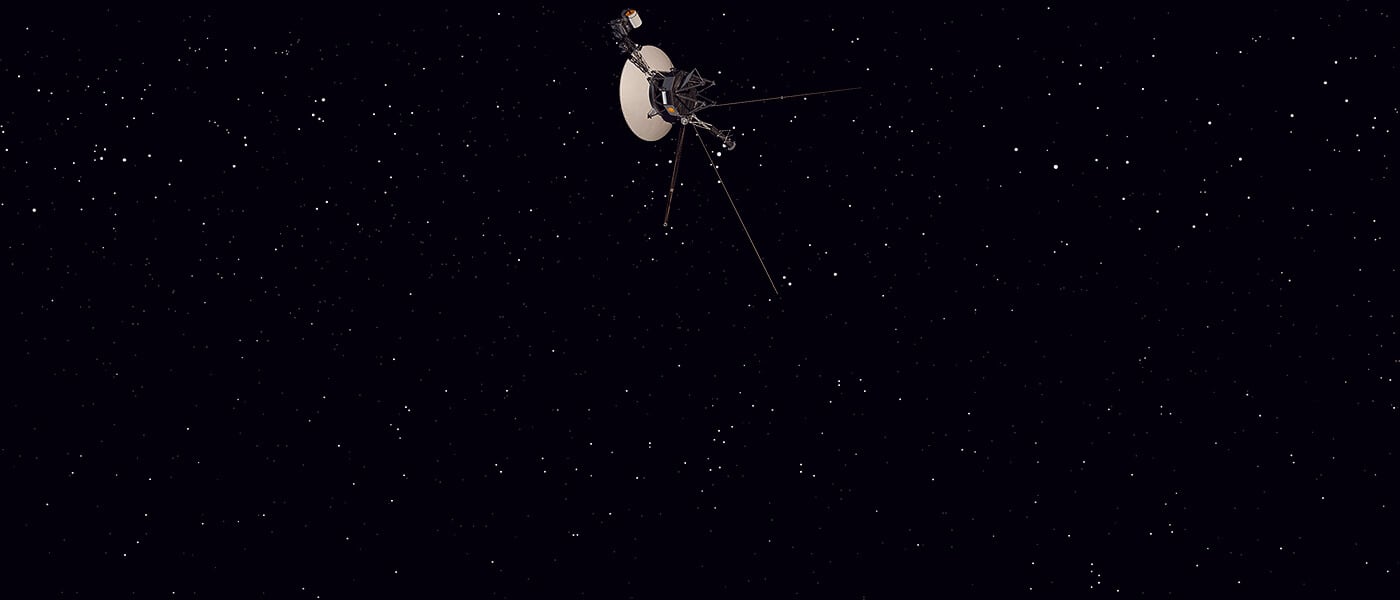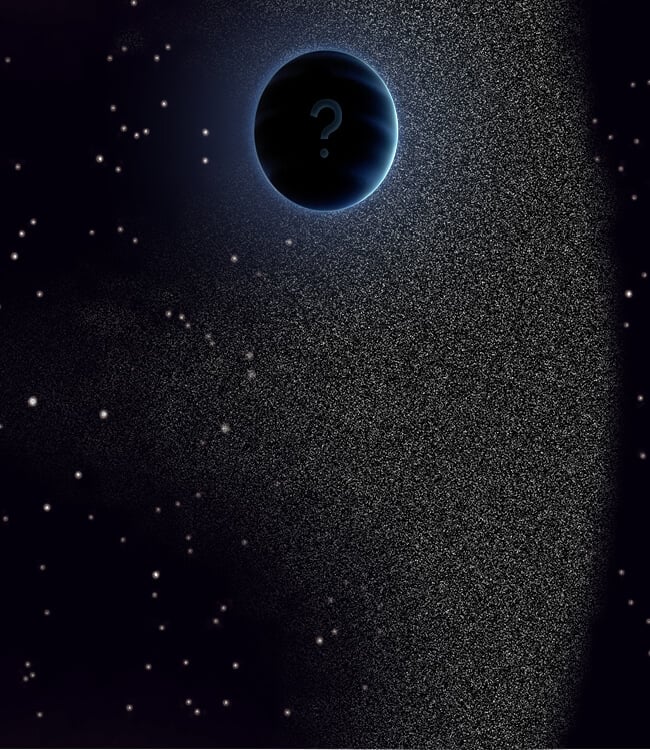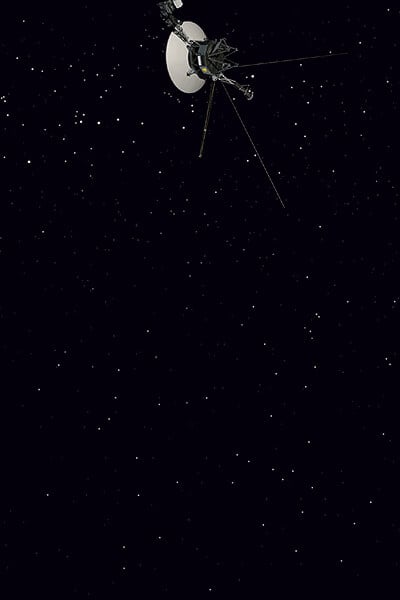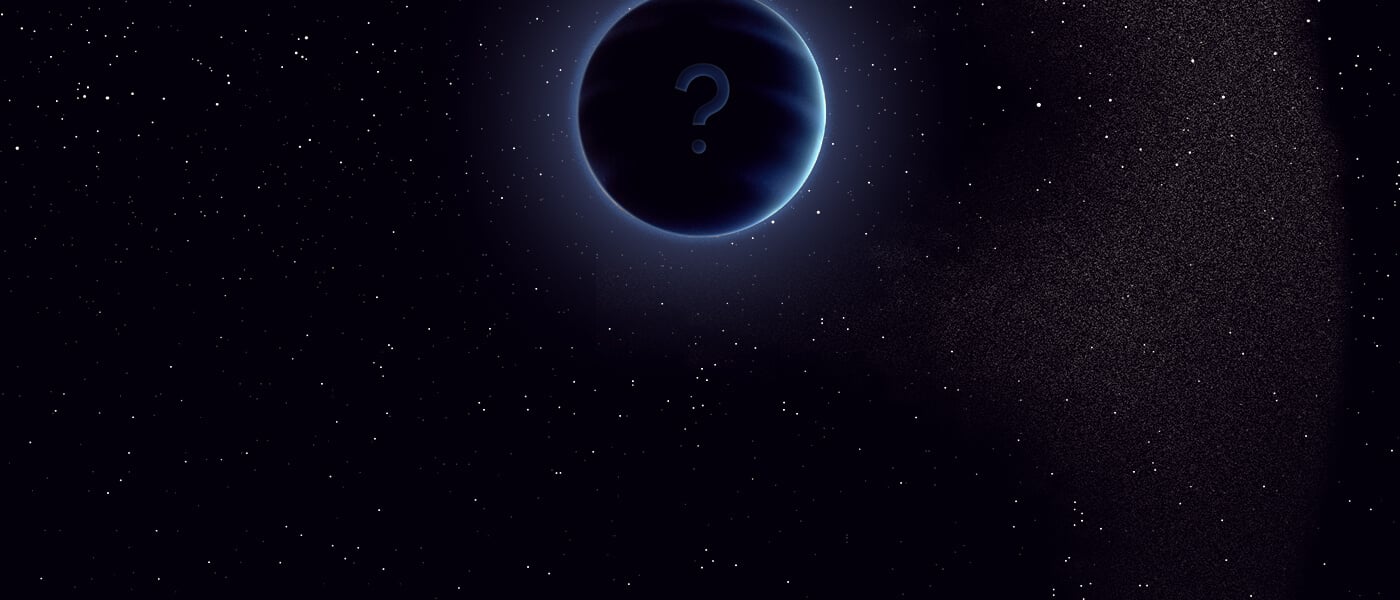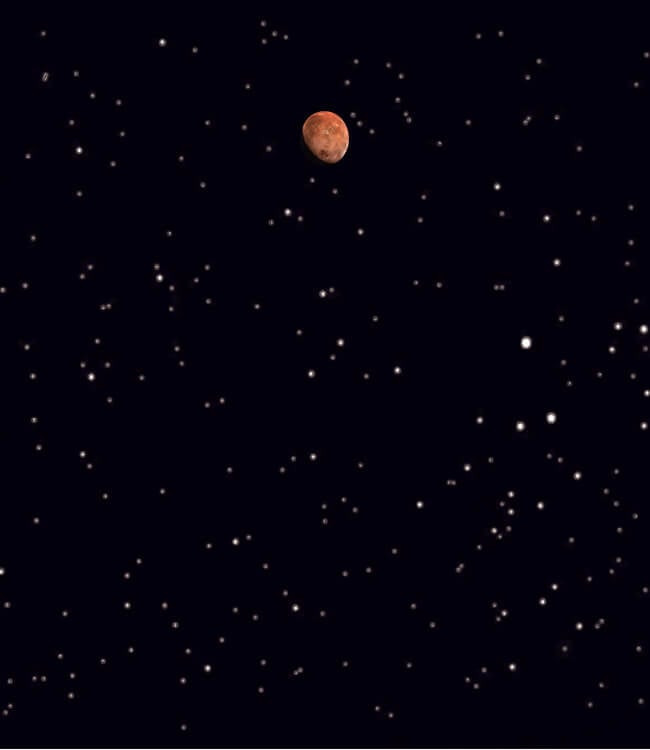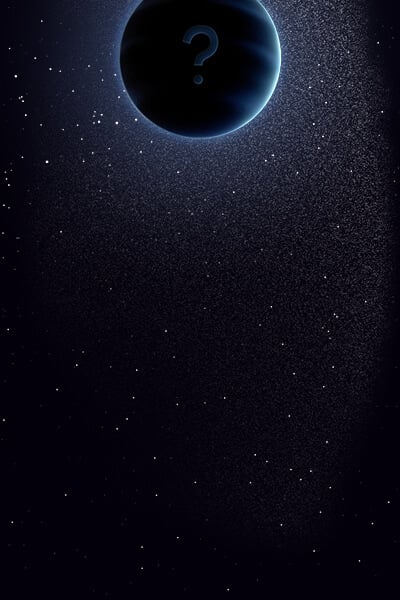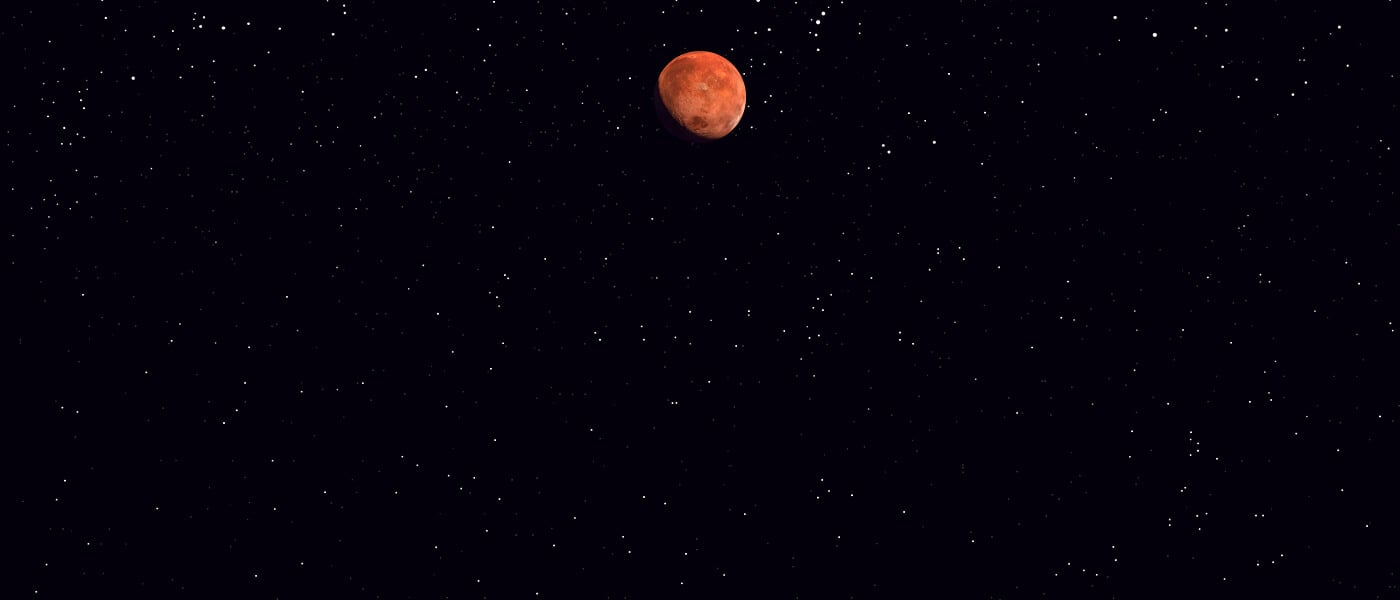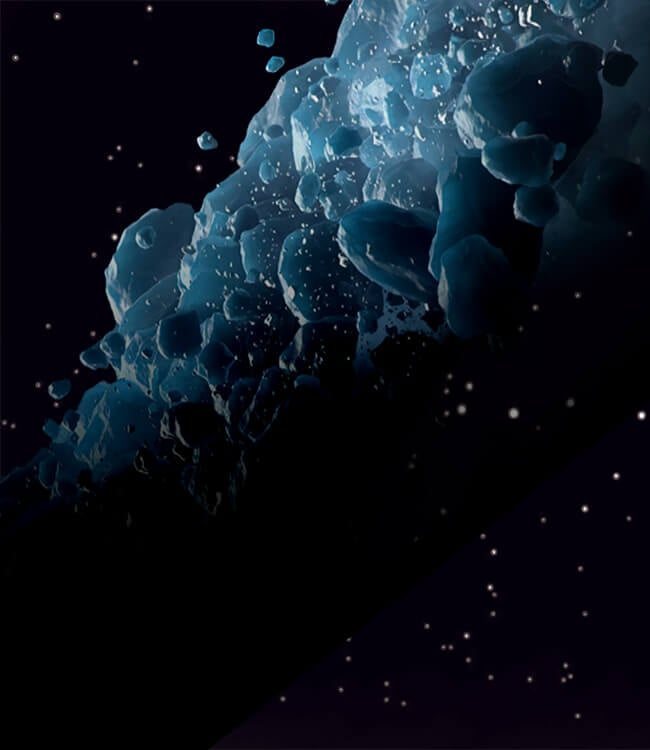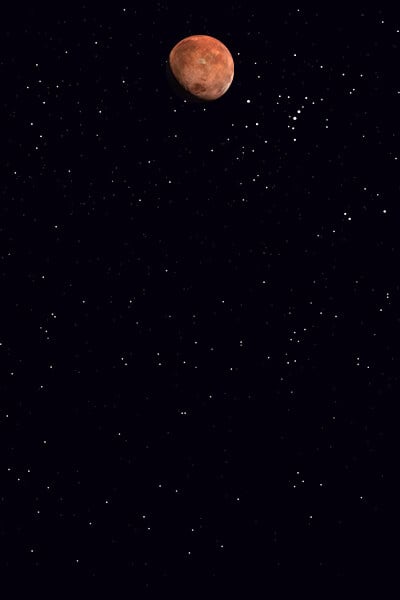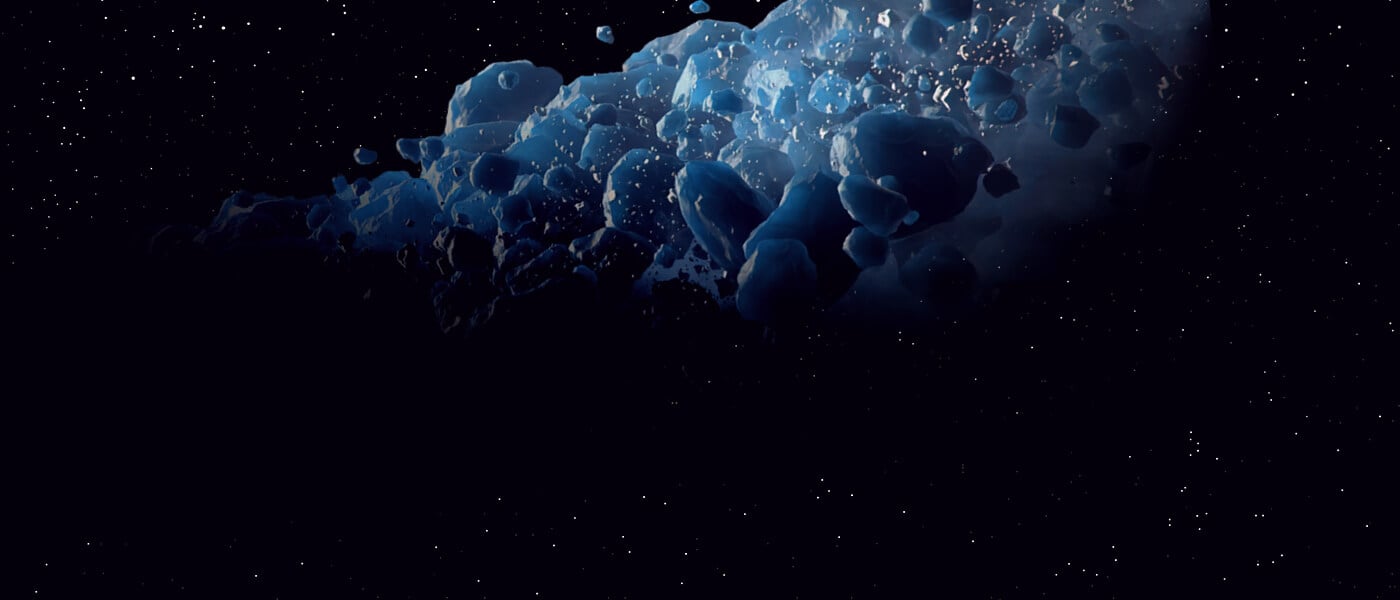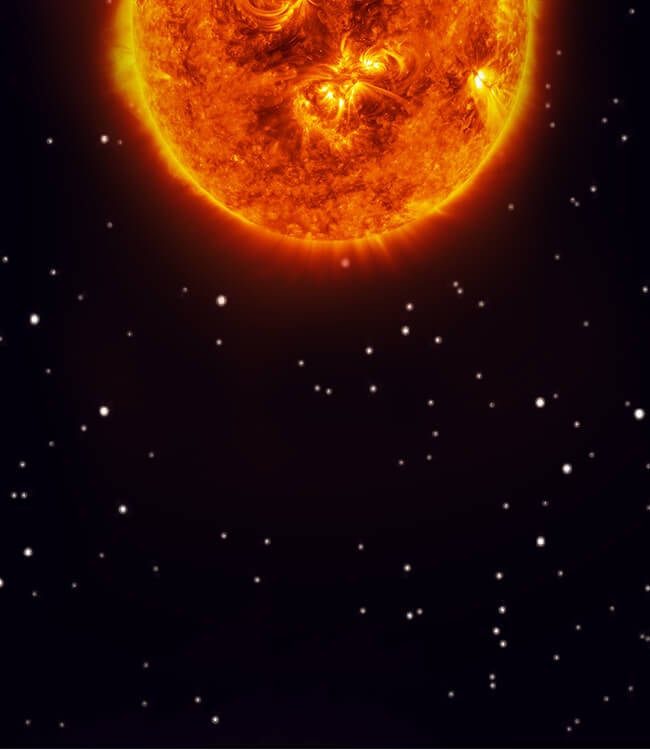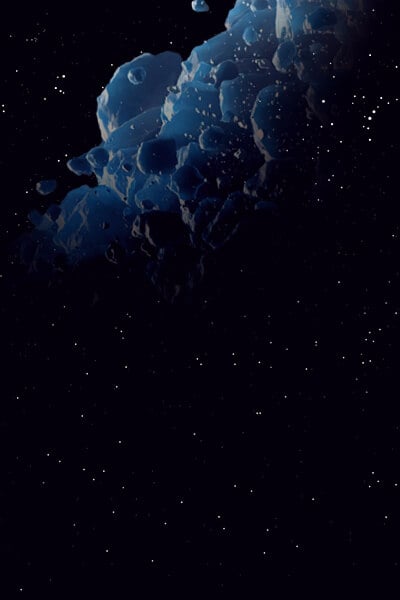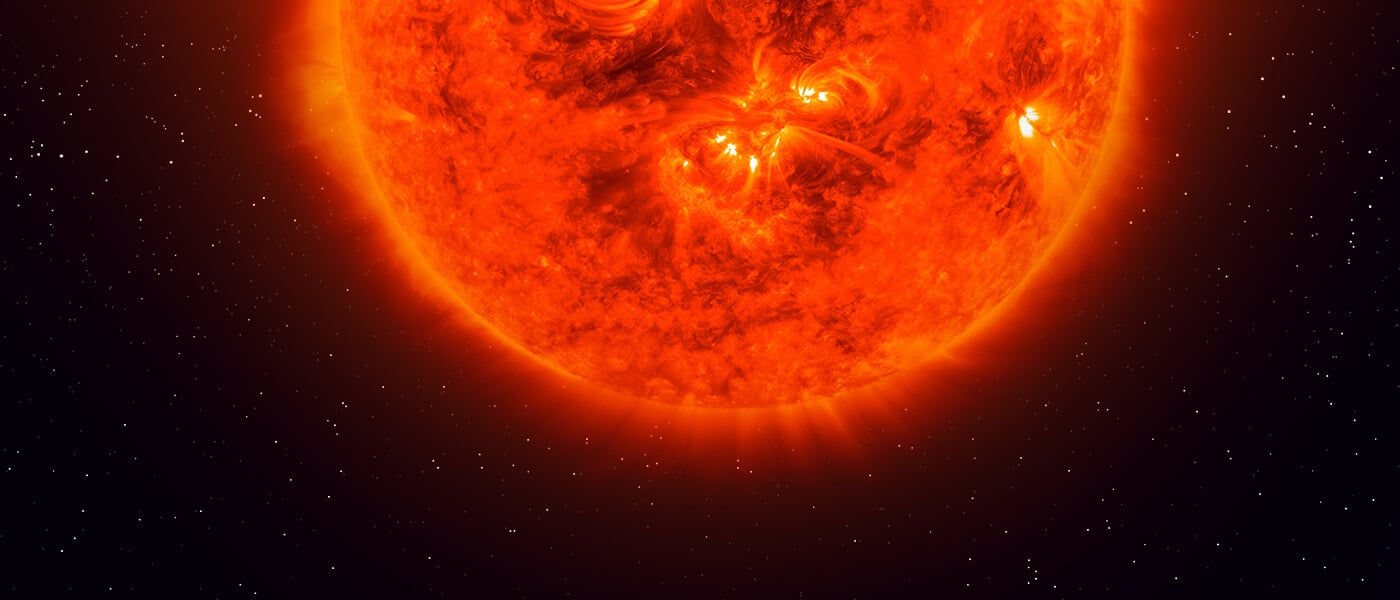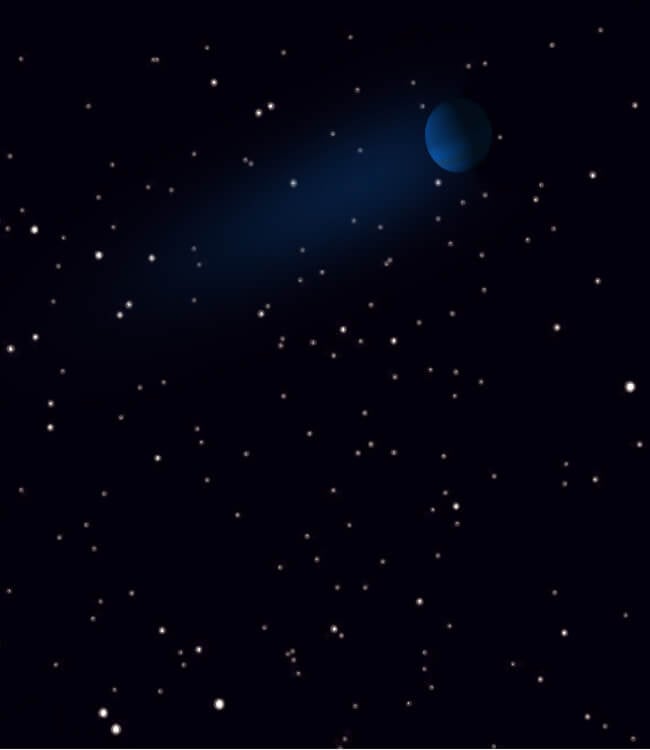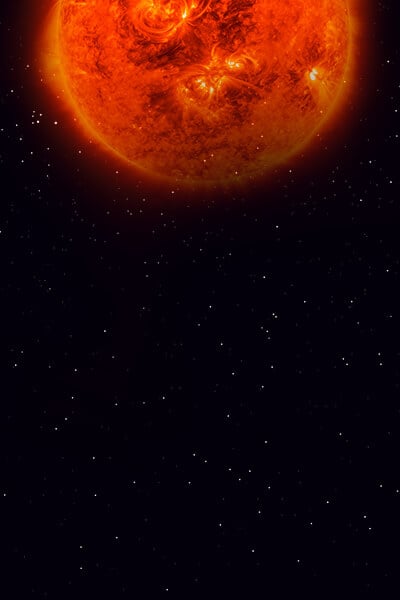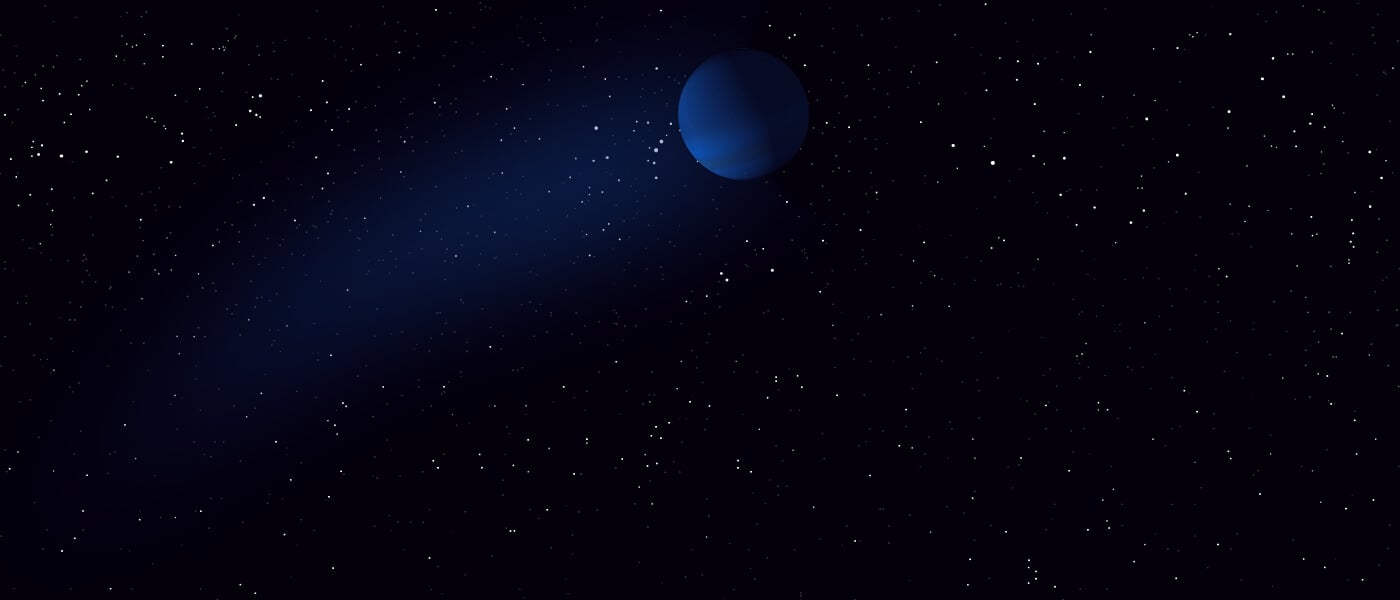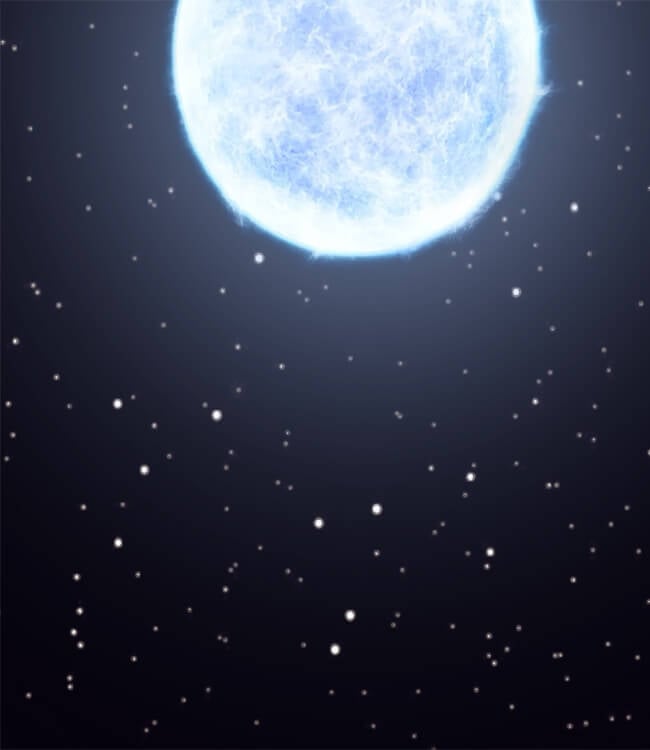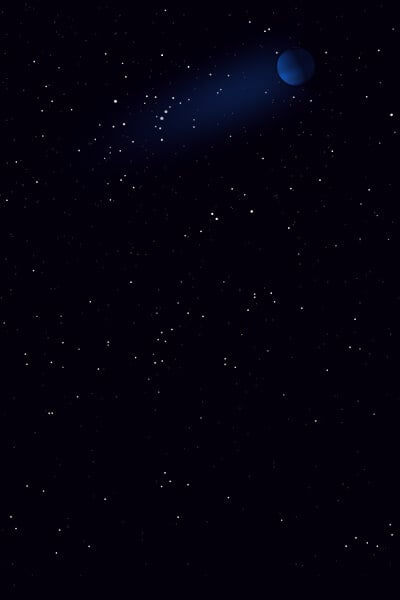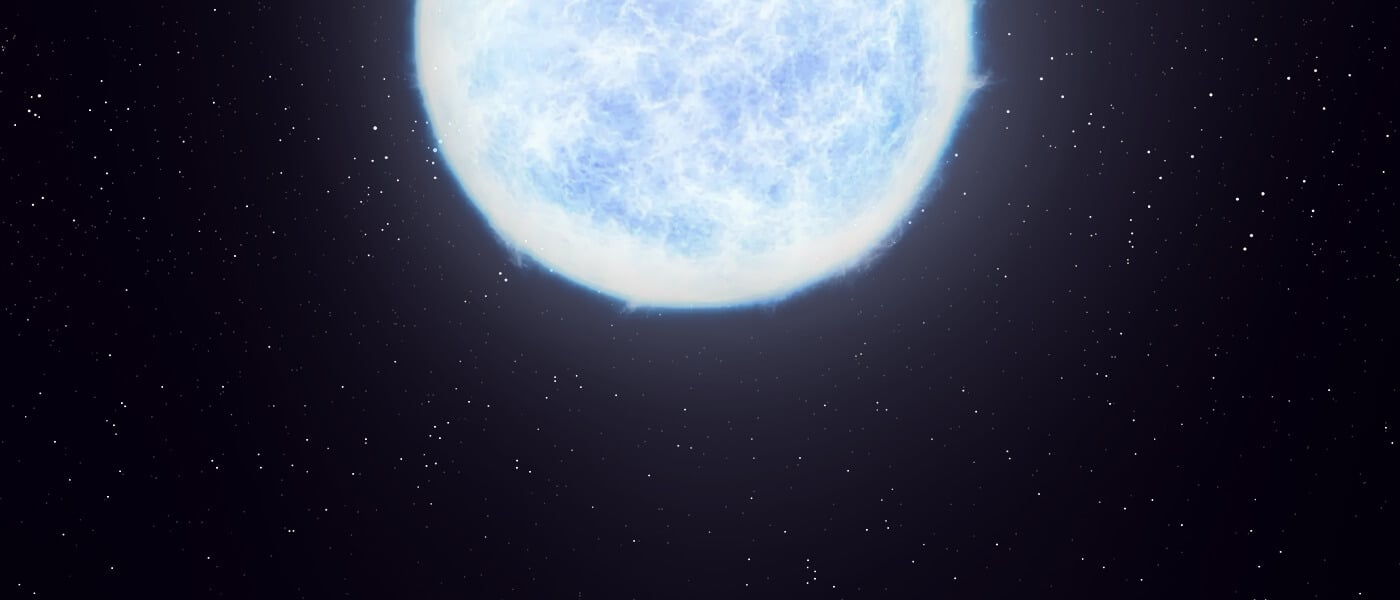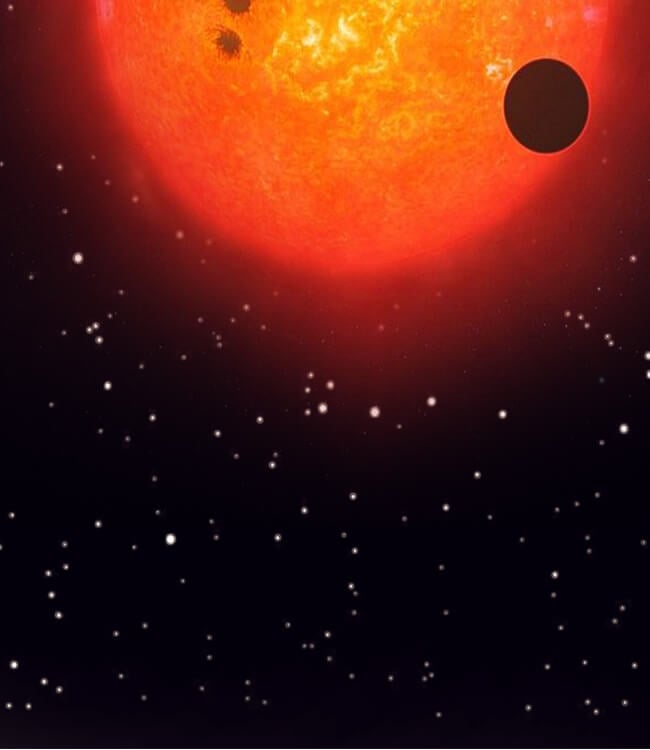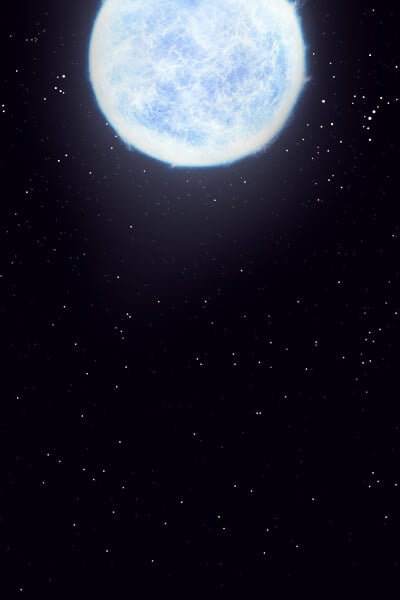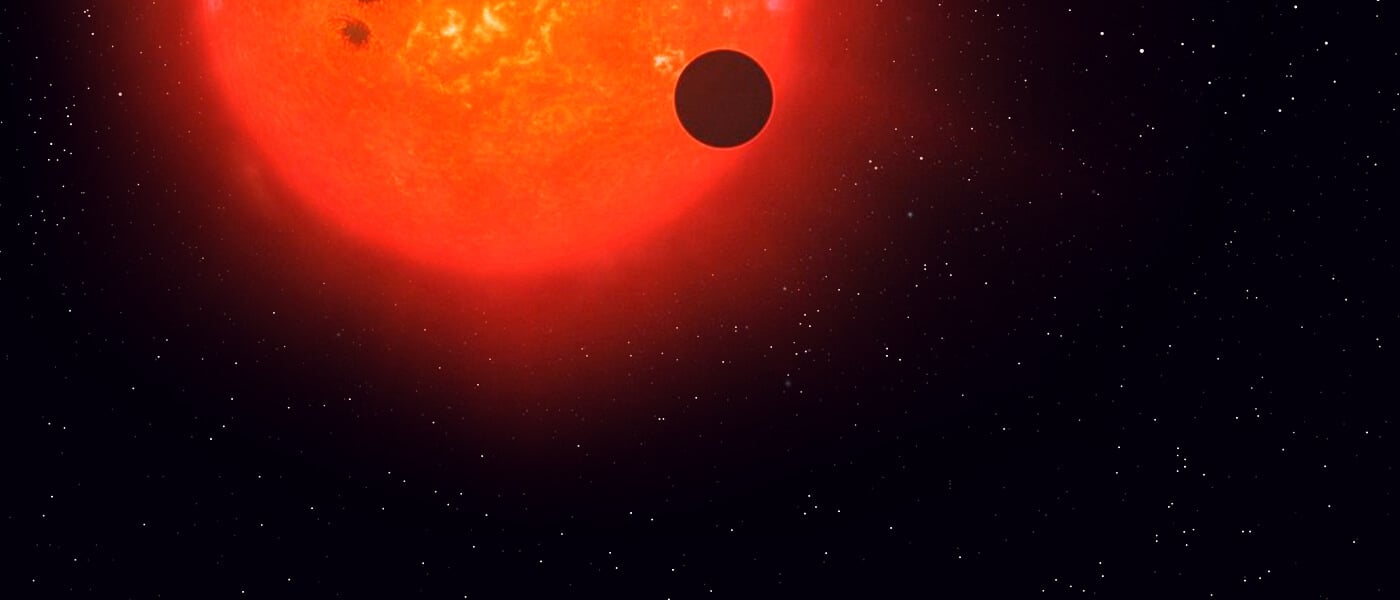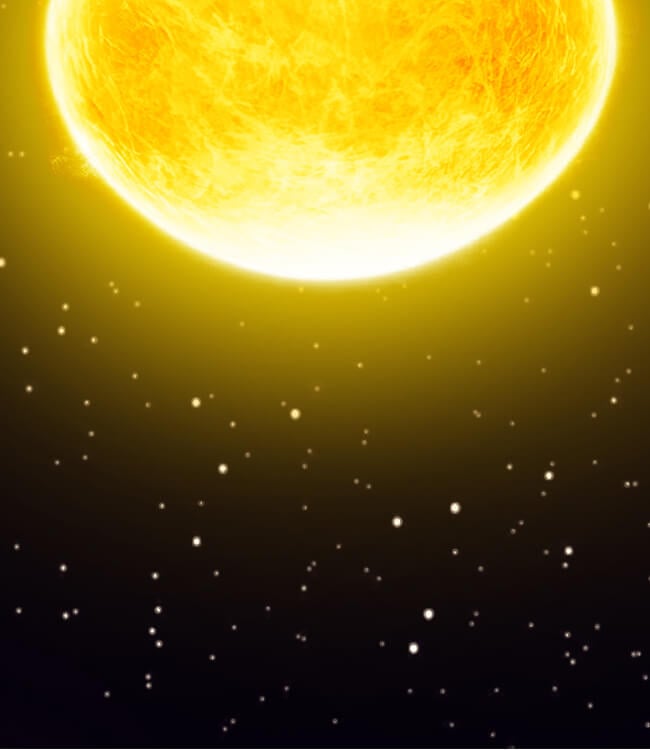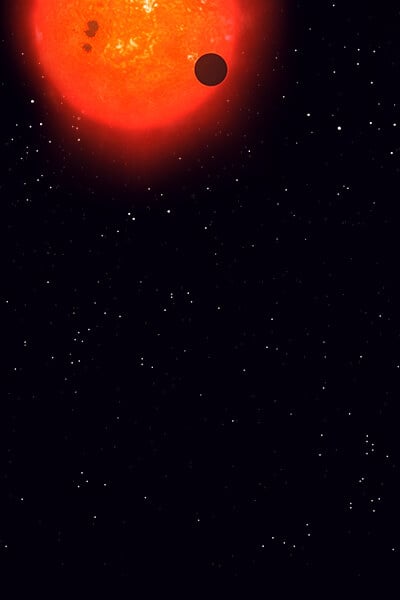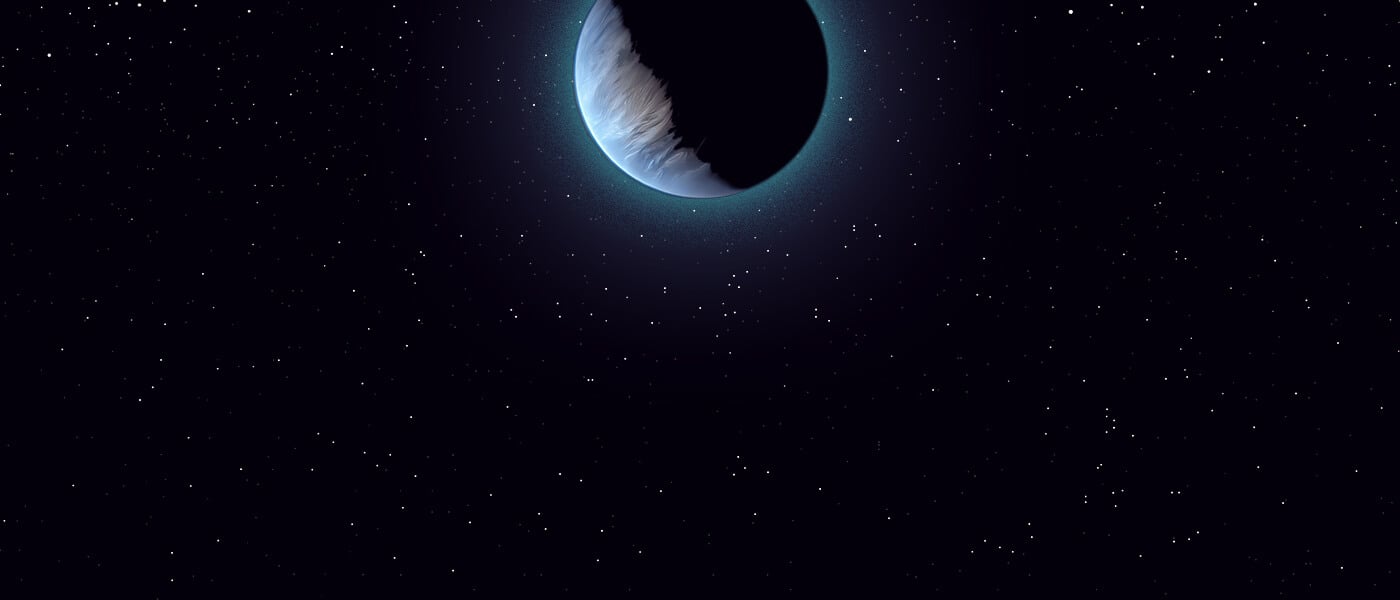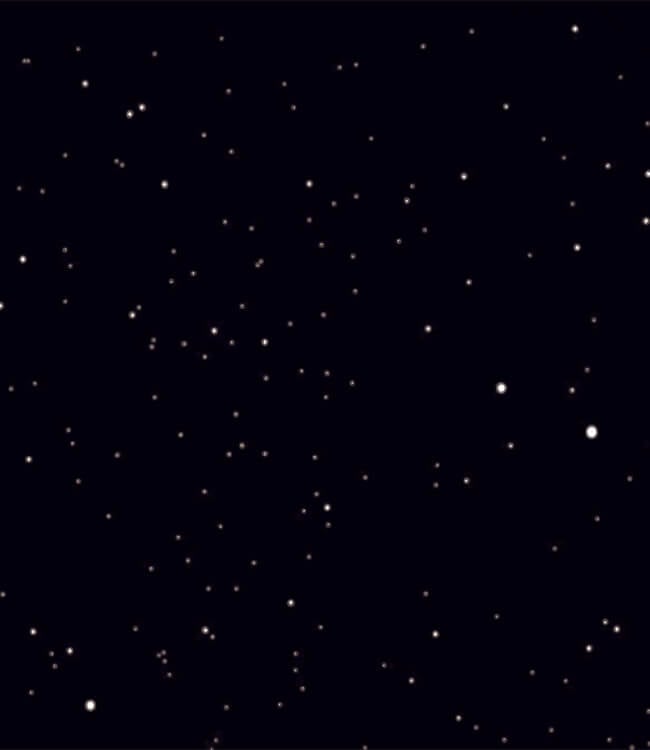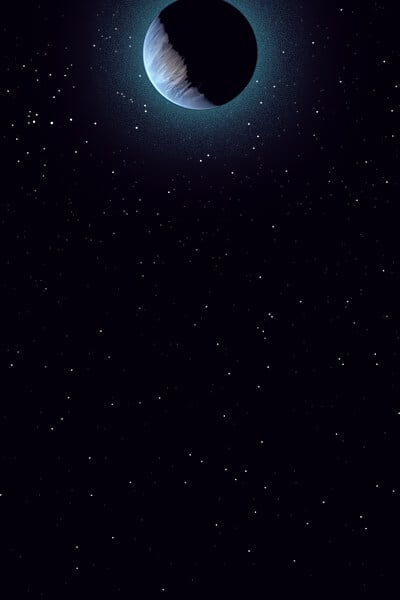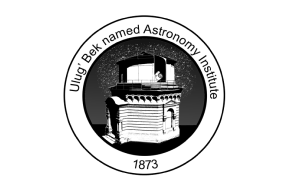Earth
This is our world. A warm, cosy place. The signal begins its journey from Cornwall, UK, using one of the most powerful radio telescopes in the world. Space is not that far. Only some 100 kilometres upwards. An hour by a car. Down there, on Earth, life is in full swing, billions of people are involved in interaction, stock trading does not stop, TV shows are running, people are born, live and die. Human activities, especially over the past 100 years, have significantly changed the face of the Earth. While change is also part of nature, that which we are responsible for must be controlled. This is how we can save our home.
Moon
After 1.25 seconds, the signal flies through the orbit of the Moon. A familiar, safe place. The Moon has always amazed us with its appearance and the fact of its existence. There are three currently dominant hypotheses about the origin of the Moon: the Earth and the Moon could have formed together from one protoplanetary cloud; the Moon could be "captured" by the Earth; or the Moon could have formed as a result of a giant collision of the Earth with another celestial body, and this is nowadays the most probable cause. There were also propositions that the Earth had several moons in the past and they subsequently merged into one celestial body, or even that the Moon could have “leaked” out from the Earth in the form of a magmatic clot due to centrifugal force.
Mars
Next, the signal flies through the orbit of the Mars. For centuries we have searched for life on the Mars. It occupies our imagination more than other planets. A couple of hundred years ago, Mars was believed to be inhabited. Apparently, there were life processes billions of years ago, and there was water on its surface. But now it is a giant fossil. NASA's Curiosity rover found only dry lakes on the planet's surface, confirming that Mars had water in the past. Also, the data gathered by the Marsis radar installed at the Mars Express interplanetary station,
suggests that there may be a subsurface lake.
Asteroid belt
After just over 15 minutes, the signal reached the asteroid belt, a torus-shaped region in the Solar System, located roughly between the orbits of the planets Jupiter and Mars. Most likely, the belt is a planet that was never able to form, mainly due to the gravitational influence of the Jupiter. Asteroid mining can prove to be crucial for further space exploration. The minerals contained in asteroids are a good source of iron, nickel and titanium. Some asteroids contain water-bearing minerals, that can be used to extract the water and oxygen necessary to sustain life, as well as hydrogen - one of the main components of rocket fuel. One of the current interesting candidates for an extraction mission is the asteroid 2011 UW/158, which is in close proximity from us and is estimated to contain platinum worth of 300 billion to 5.4 trillion dollars.
Ceres
Seven minutes after entering the asteroid belt, the signal reaches the orbit of
Ceres. It is a dwarf planet, but previously it was considered a planet. With a diameter of about 950 km, Ceres is the largest and most massive body in the asteroid belt. It is larger than the satellites of the giant planets and contains almost a third of the total mass of the belt. The analysis of its density suggests that one third of it is made of water ice. In January 2014, Herschel infrared telescope detected clouds of water vapor around Ceres. Thus, Ceres became the fourth celestial body in the Solar System with proven water on its surface (after Earth, Enceladus, and possibly Europa).
Jupiter
The signal passes by the orbit of Jupiter. It is a giant with 600 km/h hurricanes raging in its thick atmosphere. Jupiter is mainly composed of hydrogen and helium and has no solid surface. The most commonly accepted model for Jupiter's structure suggests that it consists of an atmosphere, a layer of metallic hydrogen and a rocky core. It is a big mystery how Jupiter emits more energy than it receives from the Sun. Astronomers speculate that this is due to the gradual gravitational contraction of the planet. The Jupiter also serves as a "springboard" for spacecrafts leaving the Solar System. A gravitational manoeuvre in the vicinity of the planet allows for a significant increase in speed and the shortening of flight times.
Saturn
We often dream about this planet.
Saturn is the jewel in the crown of the Solar System. It is a giant ball of gas, but so light it could float on a water. The first person to suggest that Saturn is surrounded by a ring was Christian Huygens. The famous rings are perhaps the debris of the planet’s destroyed satellite. An incomparable beauty created by destruction. The belt consists of a billion ice floes ranging in size from that of sugar cubes houses. Despite the fact that the rings are stretched for millions of kilometres, they are only no more than 10 meters thick. One of the Saturn's most famous landmarks is the Hexagon – a hexagonal vortex on its north pole. No one really understands the nature of this phenomenon. The signal flies through the orbit of Saturn, and from this distance we begin to lose visual contact with Earth.
Uranus
The signal is at the orbital distance of Uranus, the ice giant. People have observed this planet even before William Herschel, its ‘discoverer’, but usually mistook it for a star. Up to 80% of the Uranus consists of liquids and it has a solid core. Monstrous storms rage periodically on the surface of Uranus at a speed of almost 900 km/h, covering an area the size of the North American continent. For some unknown reason, Uranus rotates "lying on its side", since its axis is tilted 99 degrees. Uranus' atmosphere is the coldest known, with a temperature of about -224 degrees Celsius.
Uranus is the least studied planet in the Solar System.
Neptune
The signal reached the orbital distance of Neptune, the farthest planet in the Solar System.
Neptune is the first planet that was discovered due to mathematical calculations and fluctuations in the orbit of the Uranus. The atmosphere of Neptune consists mainly of compounds of helium and hydrogen and the planet has the strongest winds in the Solar System. Winds blow at staggering speeds of 2400 km/h - even more than in the frenzied atmosphere of Uranus. Winds on Earth are controlled by the Sun, but Neptune is too far from it. Something else must be causing these fierce winds, but no one knows what exactly.
Pluto
In 2006, Pluto lost its planetary status due to the absence of a so-called "clean orbit". Nevertheless, it is the extremely interesting "dwarf" of our solar system. Pluto, like many comets, is roughly half rock and ice. If it was closer to the Sun, then it would “grow” a tail and turned into a comet. Pluto has an atmosphere that freezes when away from the Sun, but as it approaches the Sun, the atmosphere begins to evaporate. Due to the peculiarities of its orbit,
Pluto can come closer to the Sun than Neptune. Previously, astronomers thought that the Pluto was alone and there was nothing beyond it. Today scientists count more than 3000 trans-Neptunian objects.
Kuiper belt
The signal is currently passing through the
Kuiper belt. It is a circumstellar disc that begins beyond Neptune and contains thousands of objects. We don't know what is happening at its outer edge or even how far it is, but we do know that it is extremely far. The Kuiper belt is important in understanding the origin and dynamics of the Solar System. Previously, the Solar System was depicted as a watch mechanism: a set of planets orbiting the Sun in a relaxed, stable, predictable and even boring way. After the discovery of the Kuiper belt, and especially the resonant objects that make the planets migrate, the picture has completely changed. Our solar system no longer fits the neat model that we imagined before.
Eris
Surfing through the Kuiper belt, the signal travels through the orbit of Eris, a dwarf planet. Until 2006, Eris had a chance to receive the status of the tenth planet. But after Pluto was reclassified from an ordinary planet to a dwarf one, Eris lost this chance. Due to the fact that its surface is constantly covered with methane snow, Eris reflects almost 96% of light, making it one of the brightest objects in the night sky. Interestingly, after its discovery, astronomers studied archival photographs and found Eris on many of them. Looks like it could have been discovered back in 1954, if they knew where to look.
Heliopause
The signal approaches the edge of the heliosphere and leaves the Solar System. This is the boundary where the solar wind collides with interstellar matter and gradually stops. This region separating the interstellar medium from the matter of the Solar System is called the heliopause. This bubble shaped sphere, stretched out in the direction opposite to the movement of the Sun, is filled with hot hydrogen and is called the hydrogen wall. From this moment, the signal enters interstellar voyage.
Voyager-1
Our signal has flown a distance equal to the that travelled by the first man-made object that left the Solar System. Voyager-1, the fastest man-made object, accelerated to a speed of over 62 thousand km/h and in September 2013, piercing the heliosphere, officially enteredinterstellar space. This robot was launched in 1977 and has done a huge amount of research during the flight, becoming one of the most successful projects in the history of astronautics. It holds the record for the farthest
photograph of the Earth, called the "Pale blue dot" that was taken from a breath-taking distance of more than 6 billion kilometres from Earth. Voyager-1 has a long, if not endless future. Millions of years later, if nothing stops it, it will fly to other stars.
Planet 9
The signal flew to a mysterious planet that supposedly exists in the Kuiper belt, beyond the Pluto's orbit. Nobody has seen this planet yet. Astronomers only assume its presence, based on statistical anomalies of the orbits of dwarf planets. There are several hypotheses for its origin, including that Planet 9 is the nucleus of a nascent gas giant that was pushed out by Jupiter during the formation of the Solar System. Some scientists think that Planet 9 is nothing but a tiny black hole 4-5 centimetres in size and with a mass of five Earths. The Japanese Subaru telescope at an observatory in Hawaii will be searching for this mysterious planet over the coming years.
Sedna
The signal is approaching the orbital range of the Sedna, a trans-Neptunian object named after the Eskimo goddess of sea animals. Sedna has a very elongated orbit and is one of the most distant known objects in the Solar System, with the exception of some long-period comets. The surface of the Sedna is one of the reddest in the Solar System due to the high presence of tholin. See how amazing it looks in the
artist's view.
Oort cloud
After a year and a half, the signal goes beyond the hypothetical Oort cloud. The Oort cloud is believed to be the remnant of the original protoplanetary disk that formed around the Sun about 4.6 billion years ago and is composed primarily of icy objects. According to various estimates, the Oort cloud contains from several hundred billion to several trillion objects with a radius of one kilometre or more. We still cannot observe the cloud, but we can observe objects from the Oort cloud when they pass relatively close to the Sun in the form of long-period comets (those with an orbital period of more than 200 years). Voyager 1 should reach the Oort cloud in 300 years and it will take another 30,000 years to go beyond it.
Epsilon Eridani
On the way to its destination, the signal travels the distance to one of the nearest stars, a K2 star in the constellation Eridanus. A
debris disk was discovered around this star at a distance close to the Kuiper belt's distance from our Sun. Astronomers interpreted the Doppler measurements as the presence of dust ring clumps that could be caused by the existence of a planet orbiting this star. According to the data received from telescopes, the star has a Jupiter-like planet.
GJ 436b
Astronomers announced the discovery of a planet called
GJ 436b in 2010, but things kept getting weirder with more observation. In 2015, astronomers announced that GJ 436b, which is roughly 22 times as massive as Earth, had a huge gas cloud streaming away from it for millions of miles. Follow-up observations announced in 2017 revealed the planet's orbit is also bizarre, as it goes over the star's poles. That's very different from our own solar system, where the planets' orbits gather around the Sun's equator.
Denebola
The signal is in close proximity to the Denebola, which is translated from Arabic as "lion's tail". It is a relatively young star of spectral class A with an age estimated at less than 400 million years. Denebola is part of the IC 2391 supercluster. The radius of the star, determined using interferometry, is approximately 1.73 times the radius of the Sun. There may be a cold debris disk around the star, making Denebola a good candidate for exoplanet searches.
Regulus
The signal is in close proximity to Regulus, the brightest star of the first magnitude in the constellation of Leo and one of the brightest stars in the night sky. Regulus is four times the size of the Sun and has a spectral type of B7 V/K1-2 V/M5 V. It is a young star, only a few hundred million years old. It spins extremely fast, with a rotation period of only 15.9 hours, giving it a highly flattened, pumpkin-like shape. Regulus may look like a single star but it is in fact it is a four-star system.
K2-18b
The star K2-18 (EPIC 201912552) is a faint red dwarf a bit more than quadrillion kilometres away from the Earth. It is not visible to the naked eye. Through a telescope, it can be observed in the western part of the constellation Leo, next to the star Wolf 359. At least two planets orbit the star. One of them is
K2-18b. We wonder what it looks like from its surface? Is there intelligent life? A distant, lost world at a distance so vast that it is beyond our comprehension.

